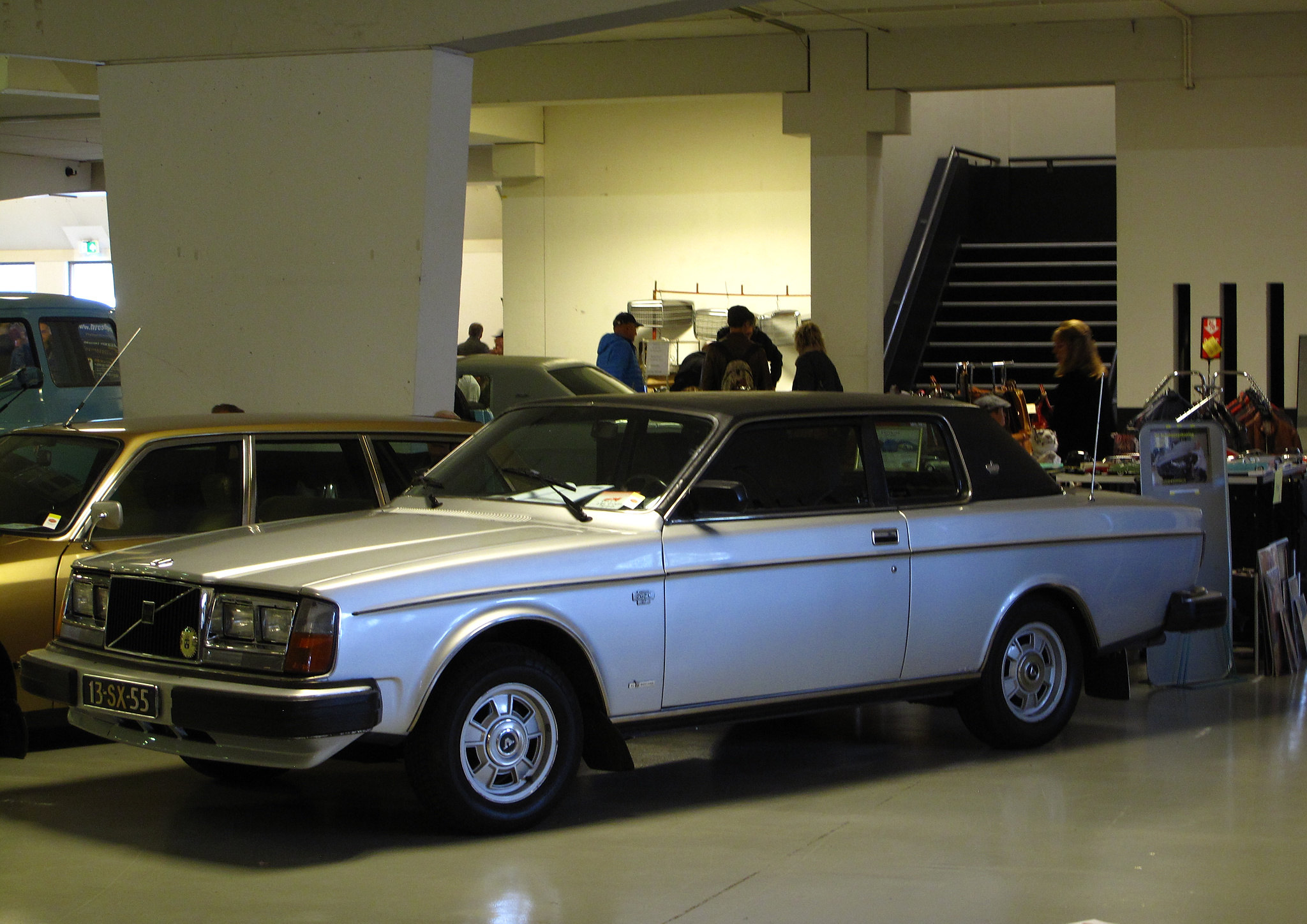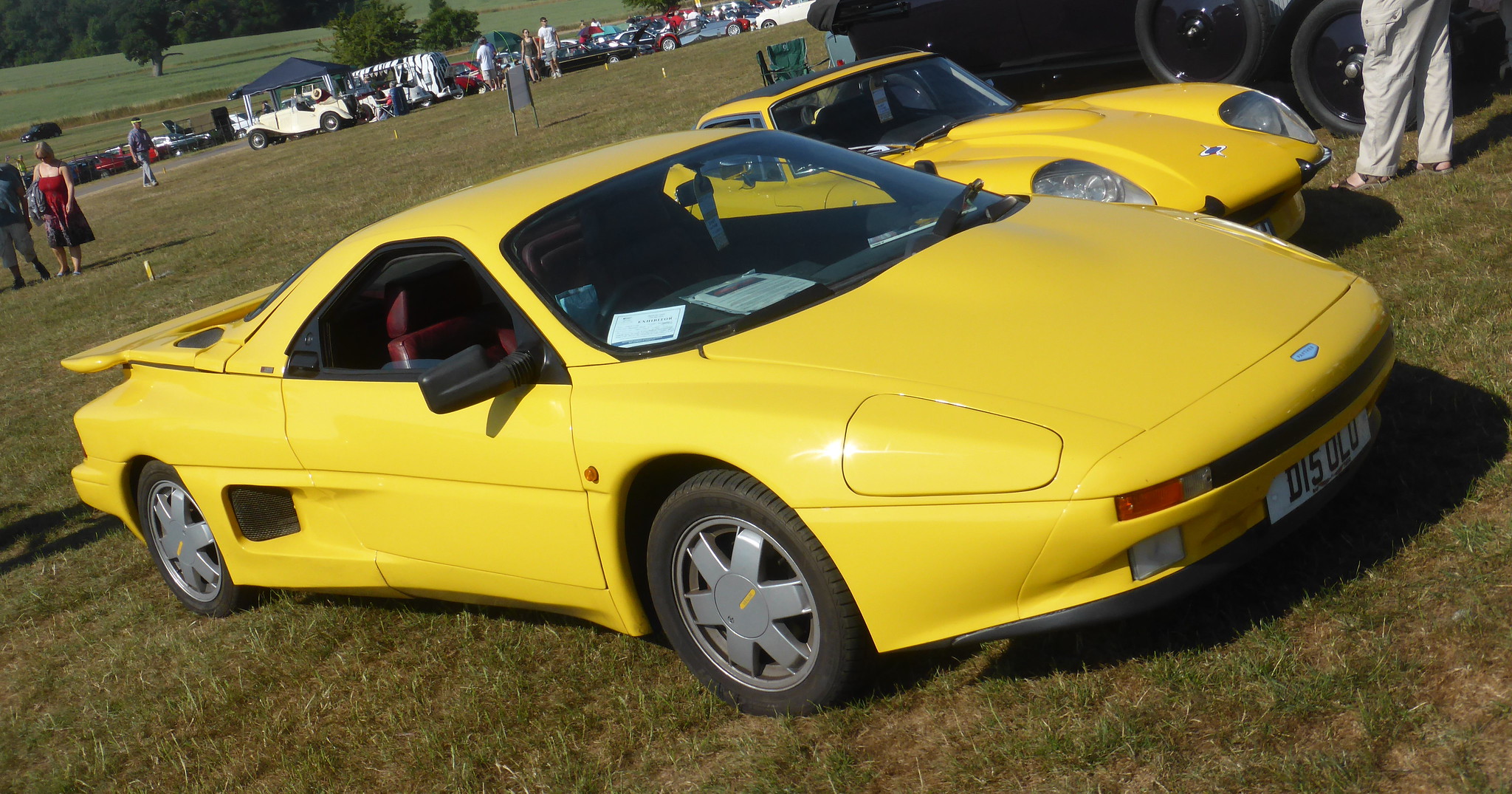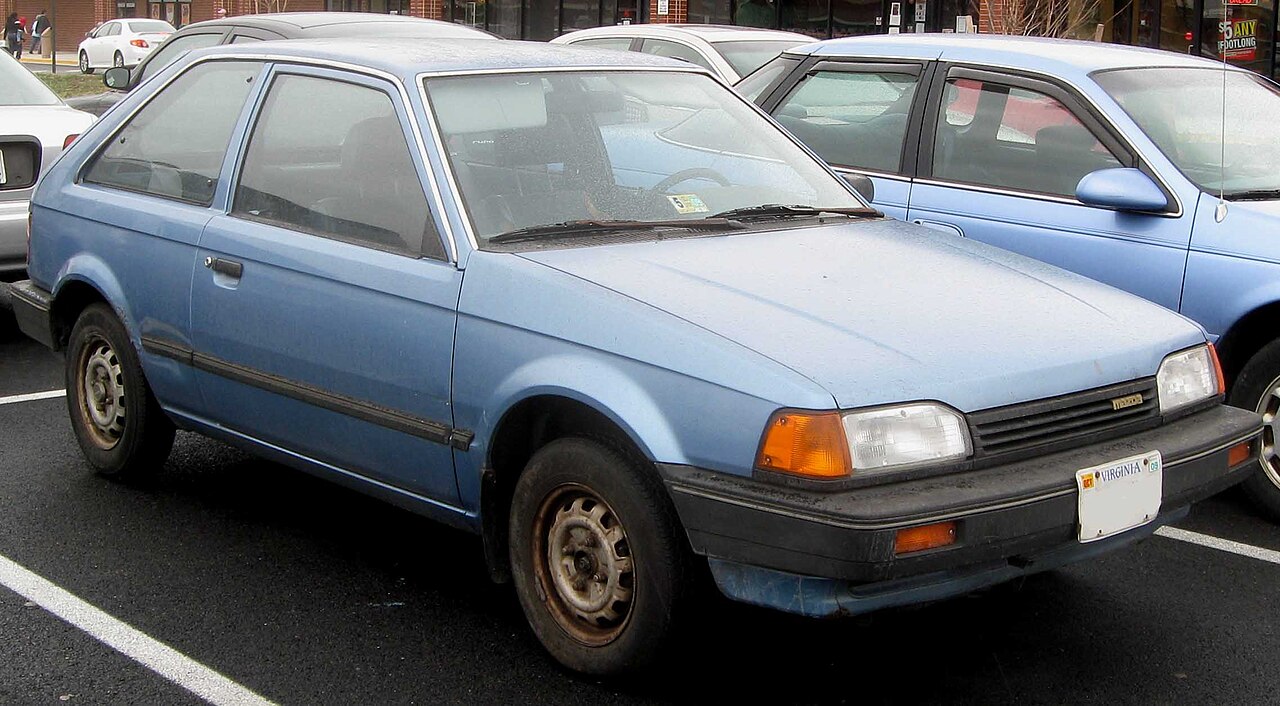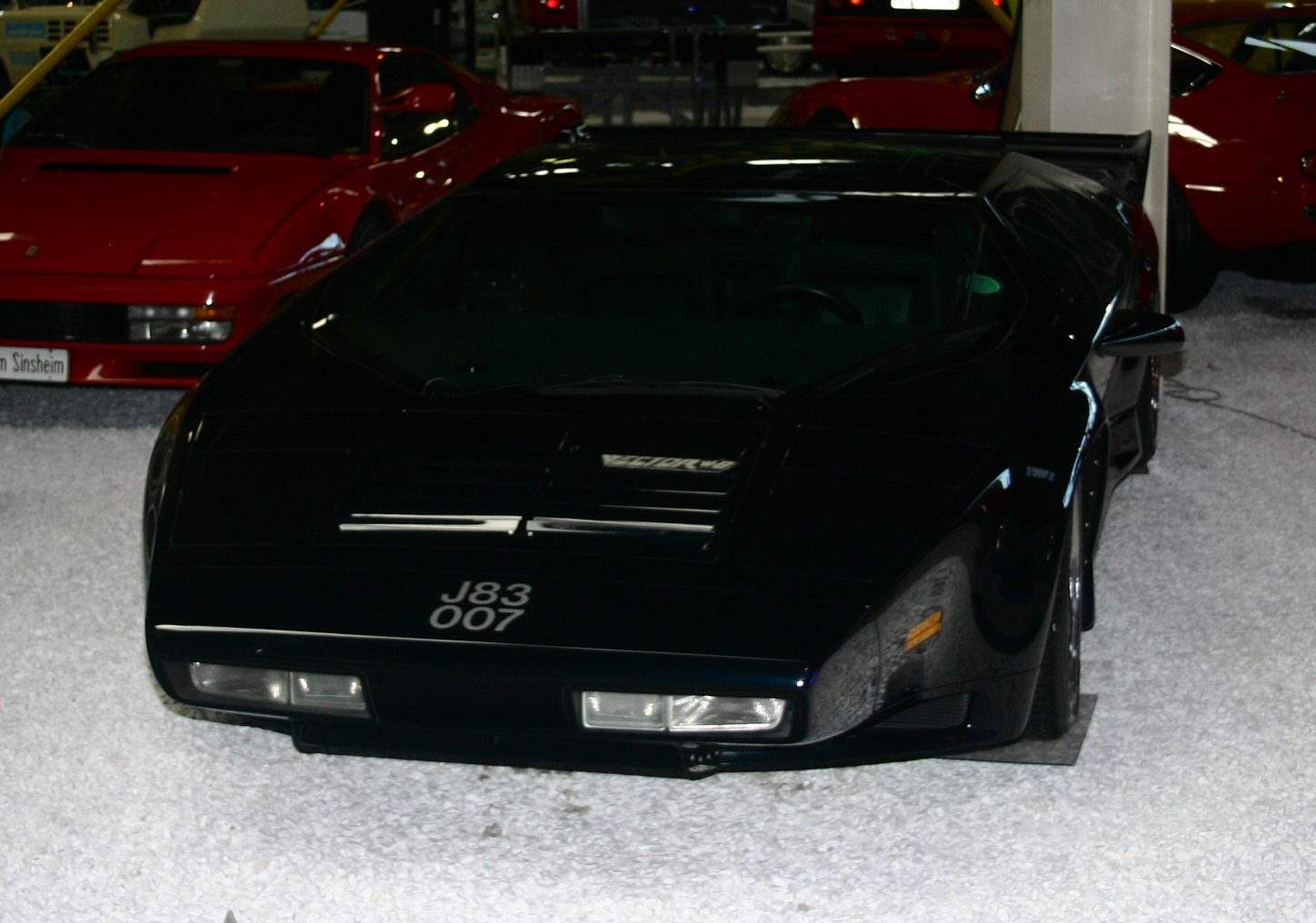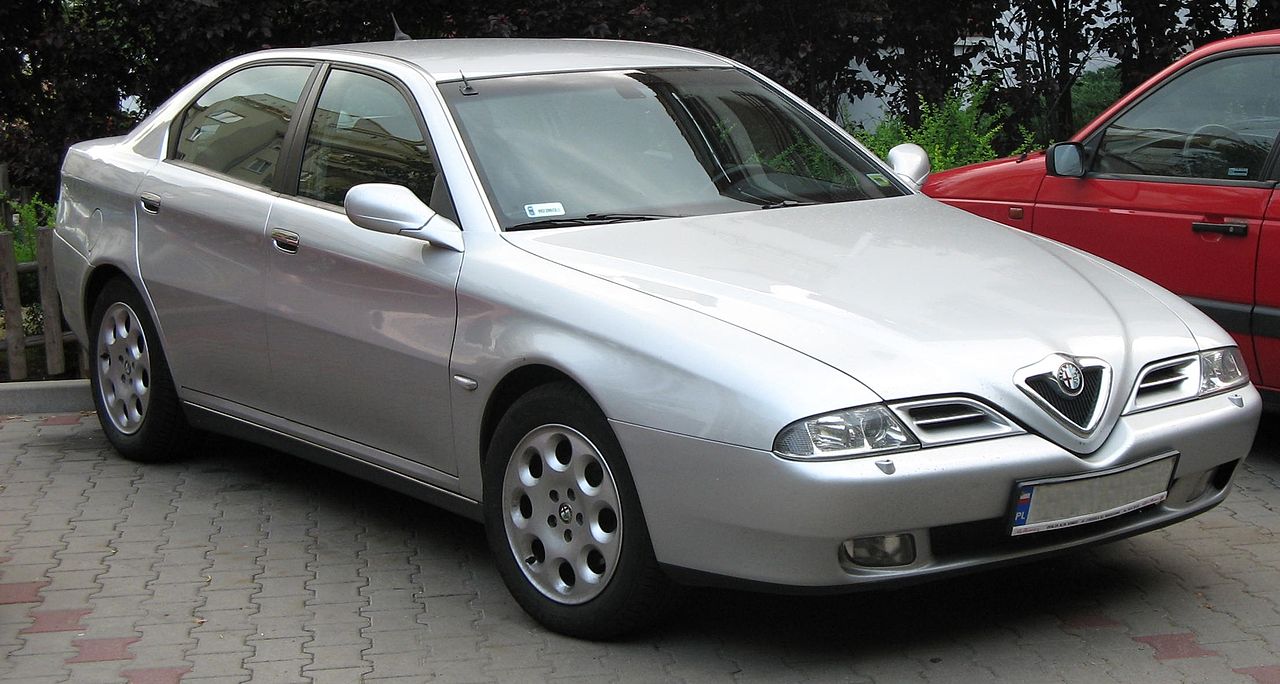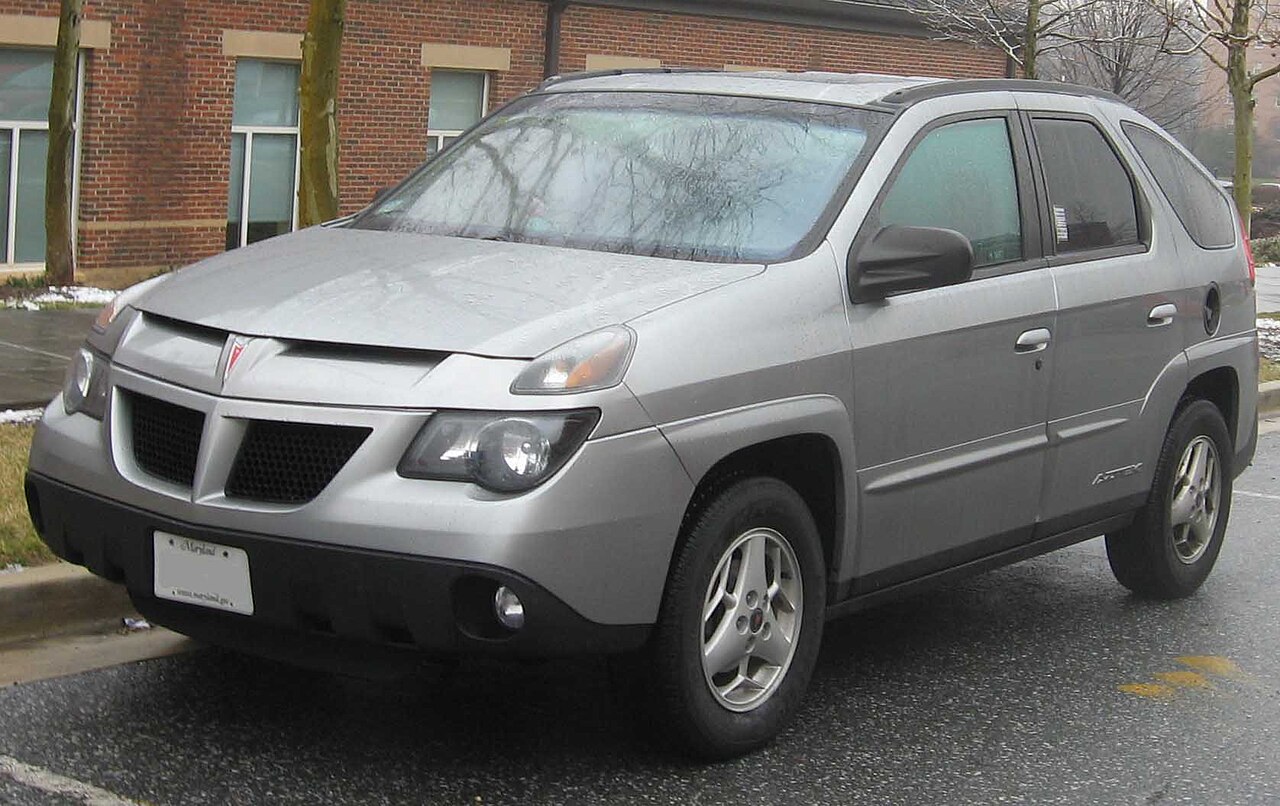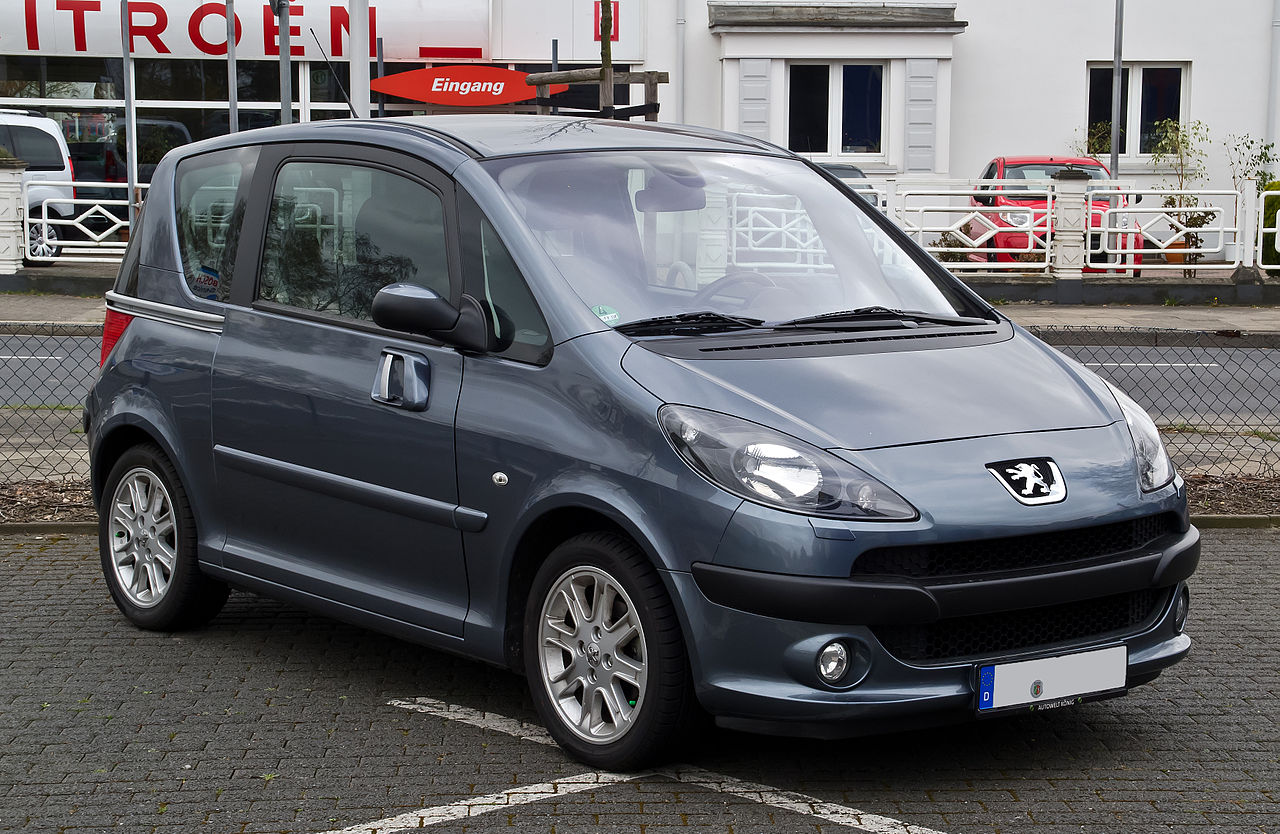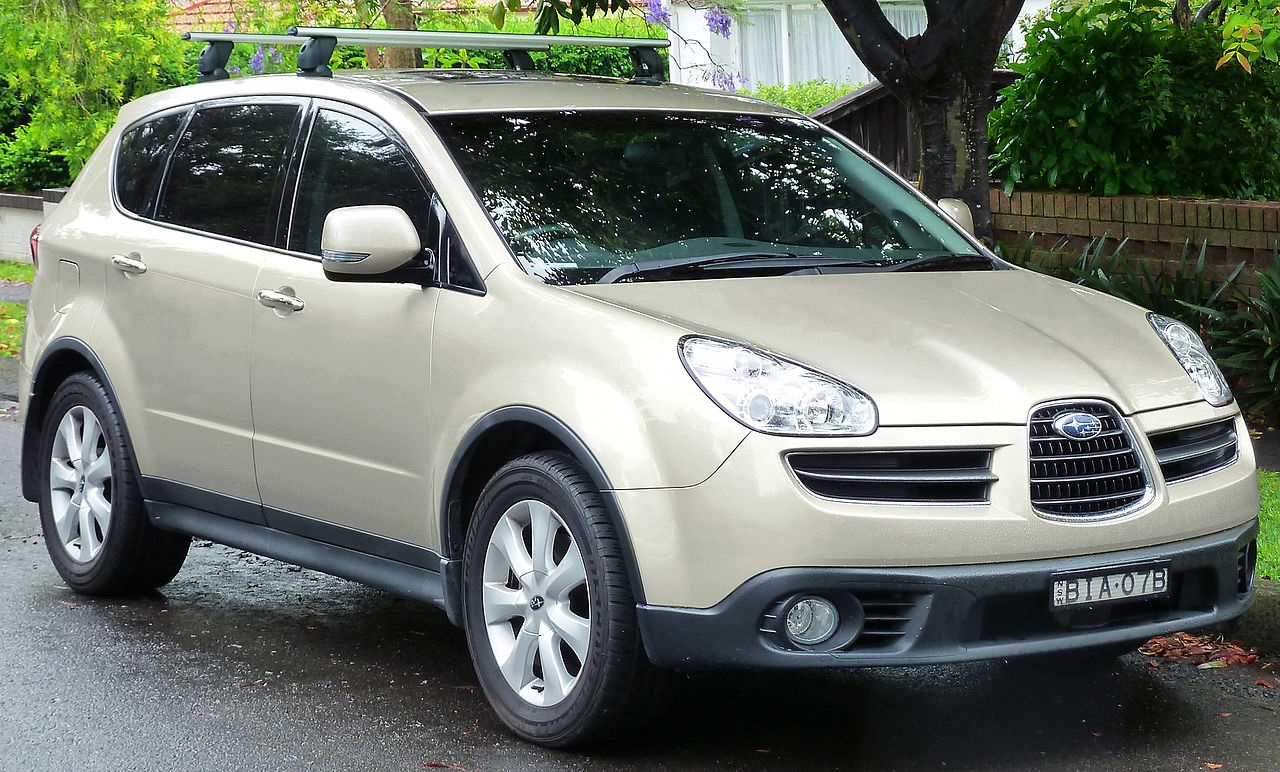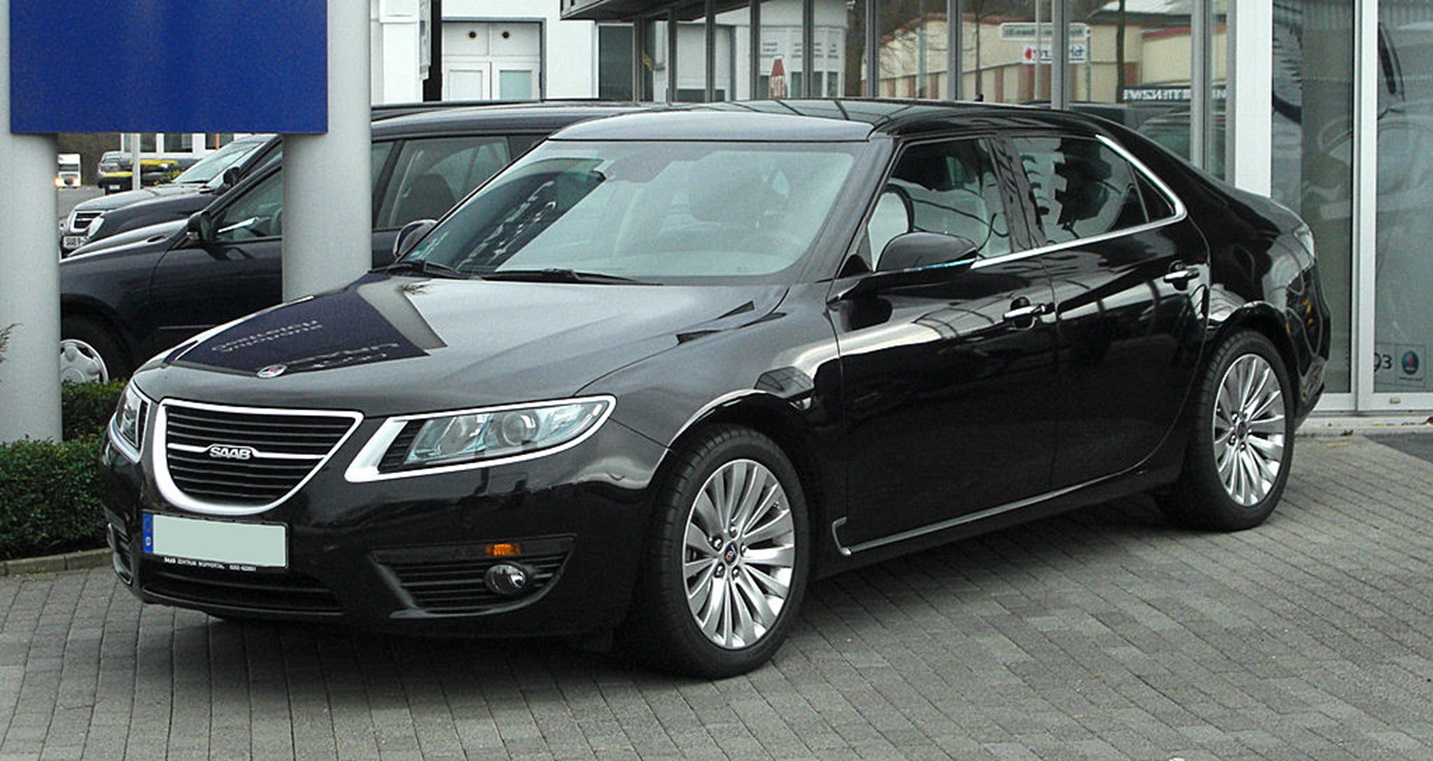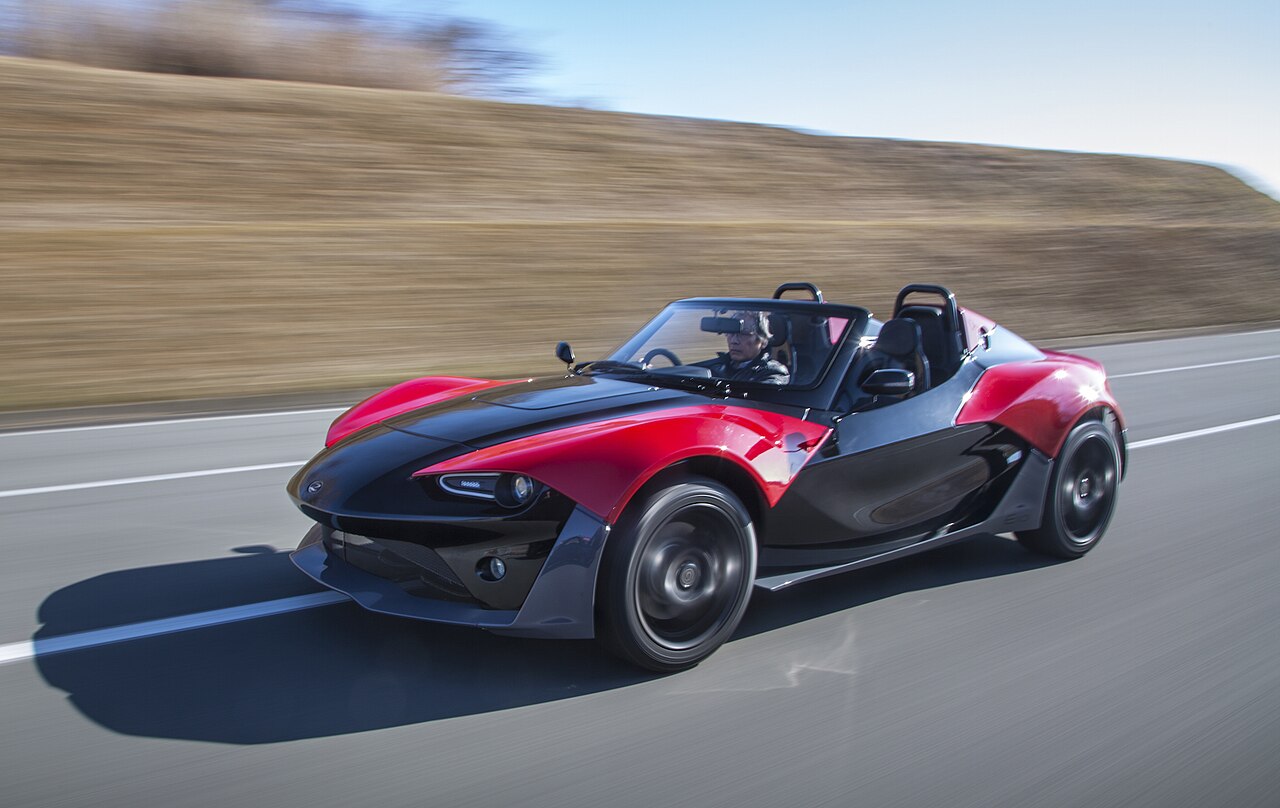They Can’t All Be A Model T
What makes a car “successful”? The most basic criteria has to be that it actually drives, that it can convey a person safely and quickly from point A to point B. And for the most part, every car that rolls off the assembly line can do this. So why do some become automotive fixtures, and others are all but forgotten?
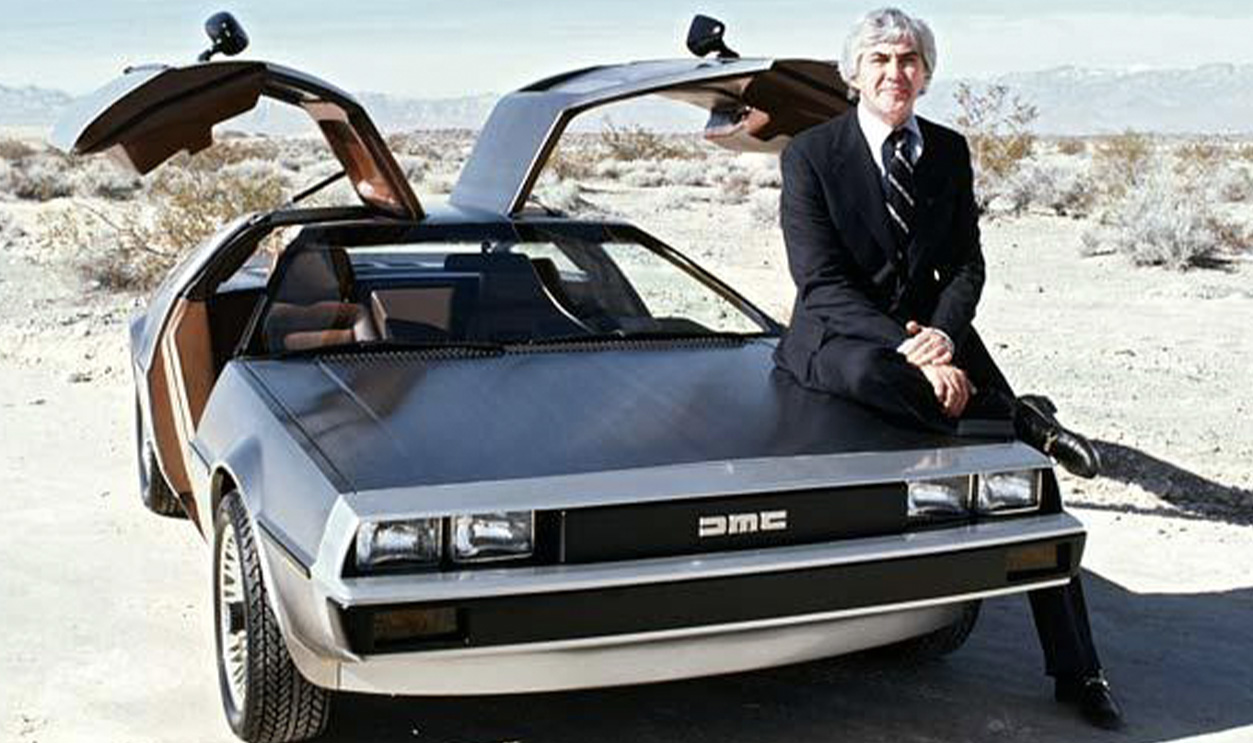
It’s Not Just About Driving
A car is much more than just a way of getting around. Cars tend to say a lot about our personal choices, be it fashion, patriotism, or simply our favorite color. These factors, and more, have contributed to the downfall of perfectly serviceable autos throughout history. Here are some of the more (or less) memorable ones.
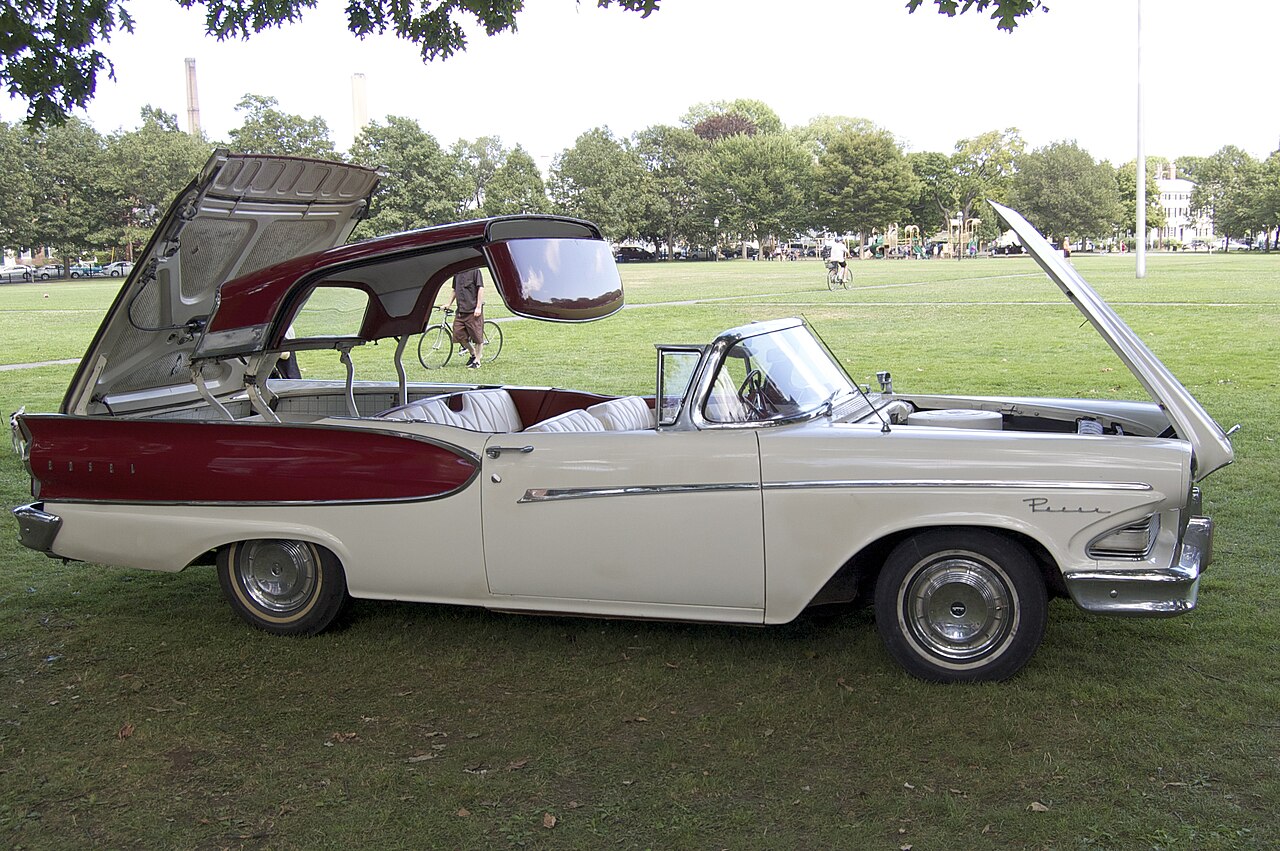 Fletcher6, CC BY-SA 3.0 , Wikimedia Commons
Fletcher6, CC BY-SA 3.0 , Wikimedia Commons
Tucker 48 (1948)
A true collectible nowadays, the Tucker 48 was plagued by a poor public launch and fraud allegations against inventor Preston Tucker. The car had numerous innovative features for the time, and a film about the creation of the car was released in 1988, starring Jeff Bridges.
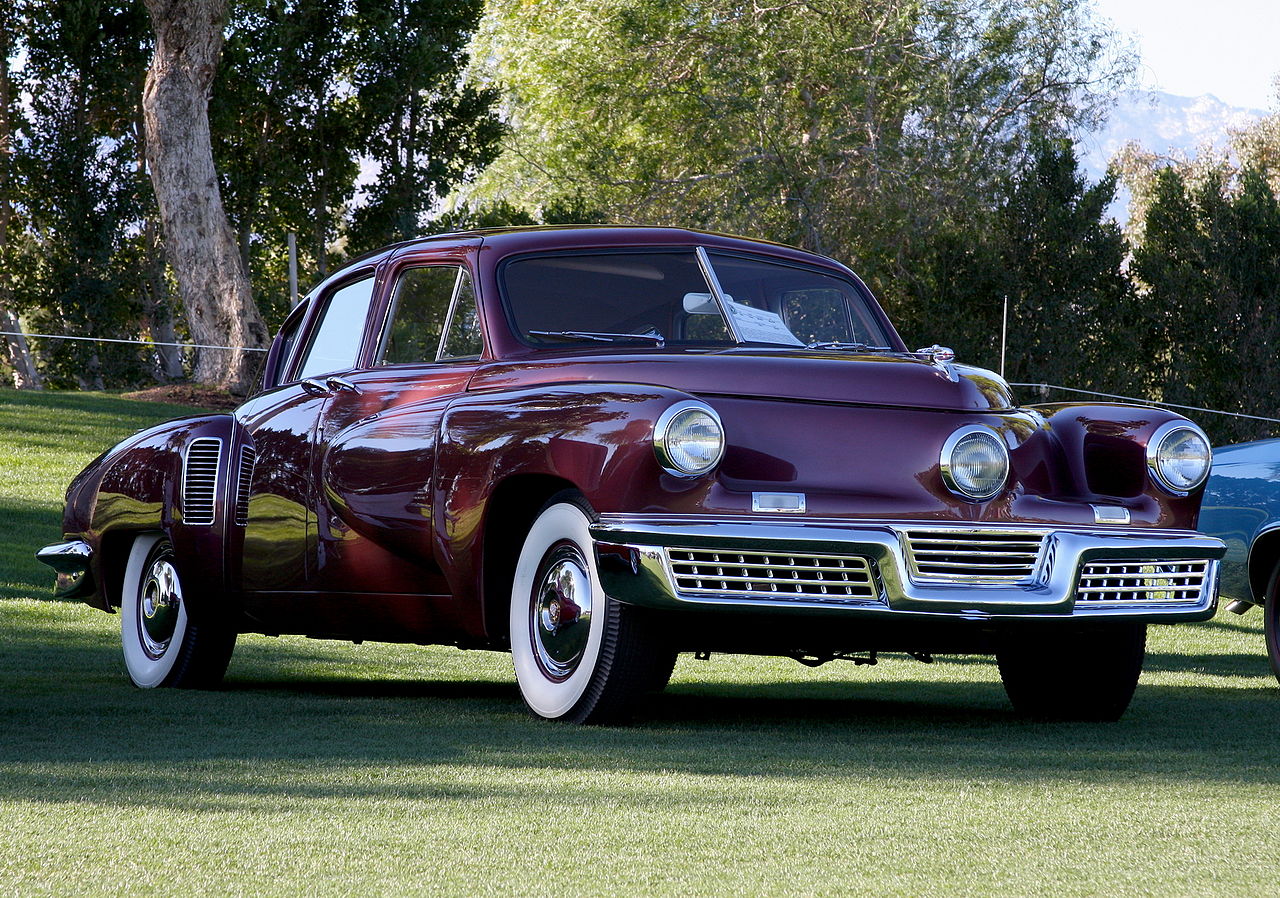 Rex Gray, CC BY 2.0, Wikimedia Commons
Rex Gray, CC BY 2.0, Wikimedia Commons
Ford Edsel (1958)
Although the Edsel did modest sales the year of its release, the model was the victim of a recession in the auto industry. Ford lost an estimated $350 million on the production of this affordable luxury car, the equivalent of about $2.4 billion today. The Edsel was named after Henry Ford’s only son.
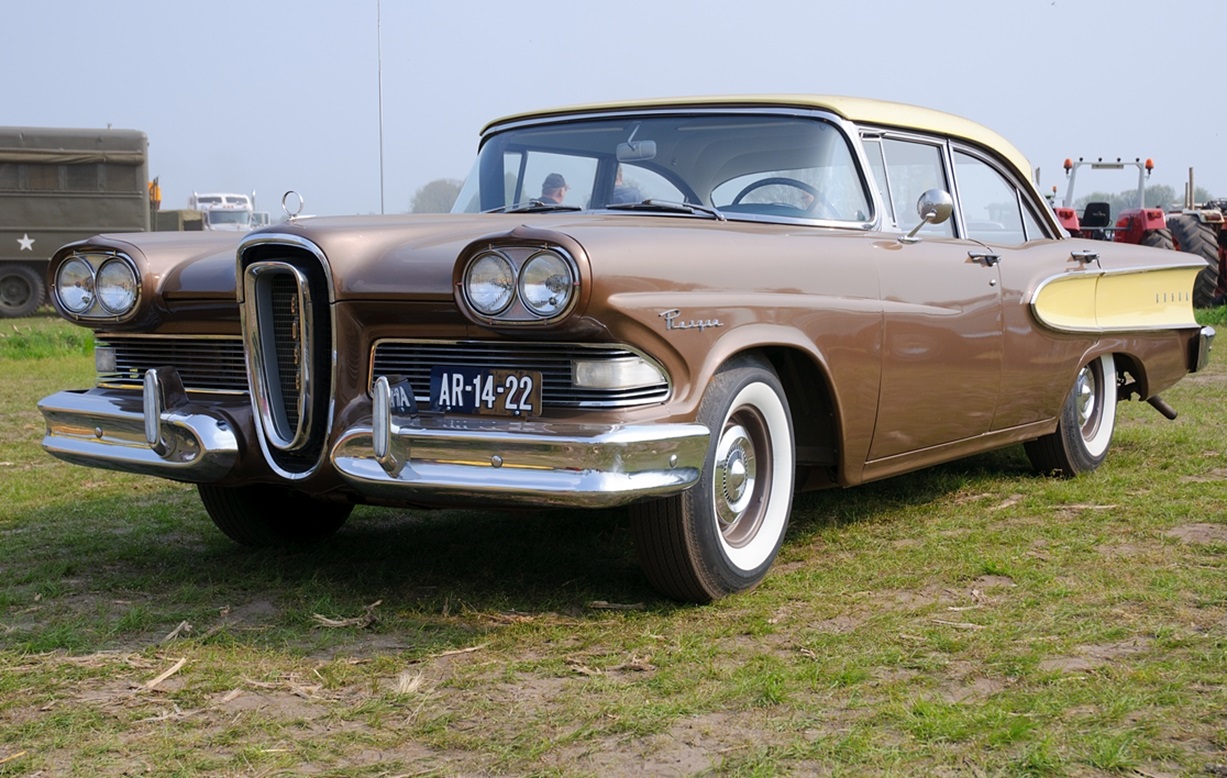 Arend, CC BY 2.0, Wikimedia Commons
Arend, CC BY 2.0, Wikimedia Commons
Citroën Bijou (1960)
Only 207 of these coupes were bought when Citroën released them in Britain in 1960. The Bijou could not compete with other similar cars on the market, being somewhat slower and more cramped than a lot of comparable cars.
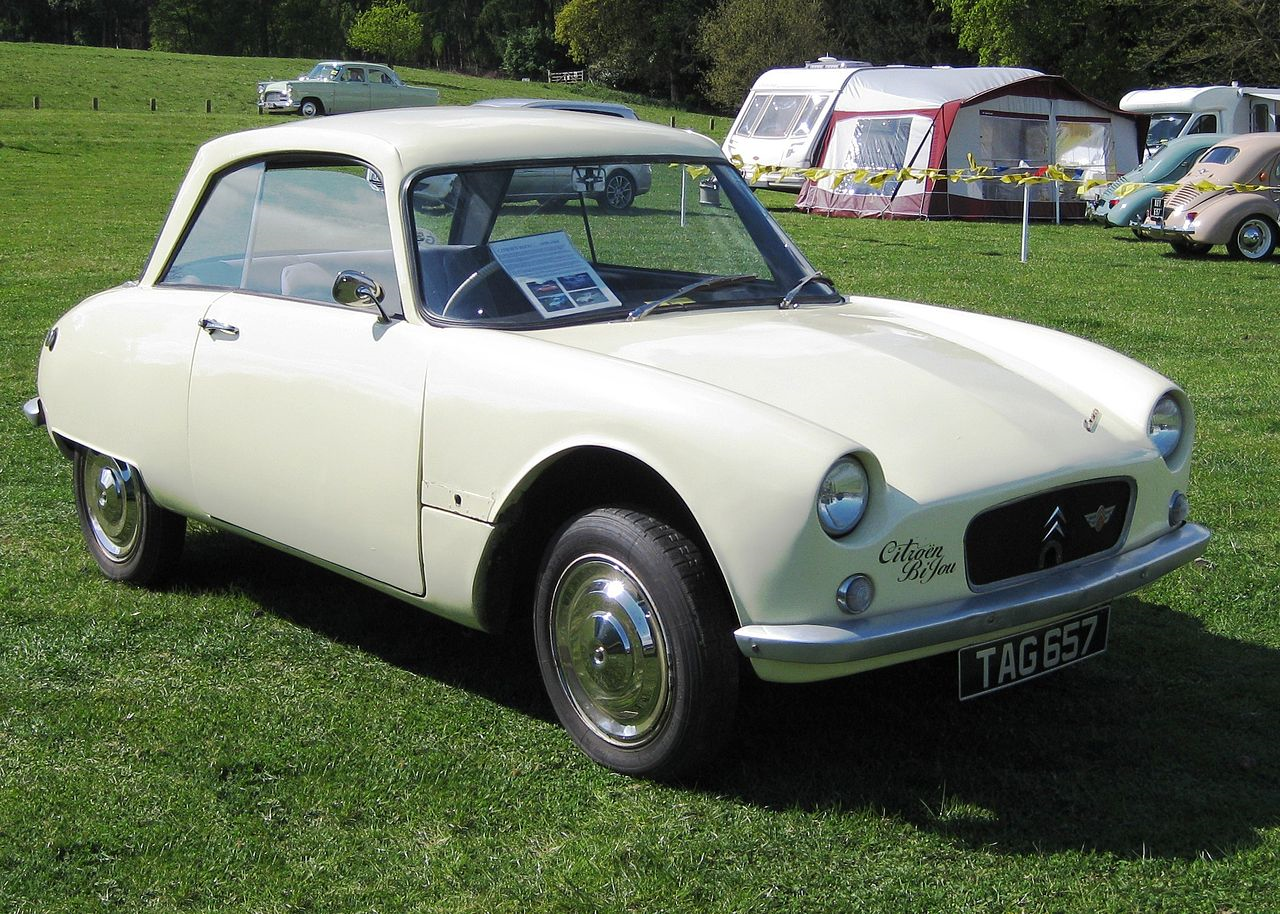 Charles01, CC BY-SA 3.0, Wikimedia Commons
Charles01, CC BY-SA 3.0, Wikimedia Commons
Hillman Imp (1963)
This early Mini competitor boasted the first rear-engine design in a mass-produced car in the UK. Although it was considered a better driving car than its compact competition, the factory where it was built was new to car manufacturing. The Imp suffered numerous quality issues, and finally went out of production in the mid-’70s.
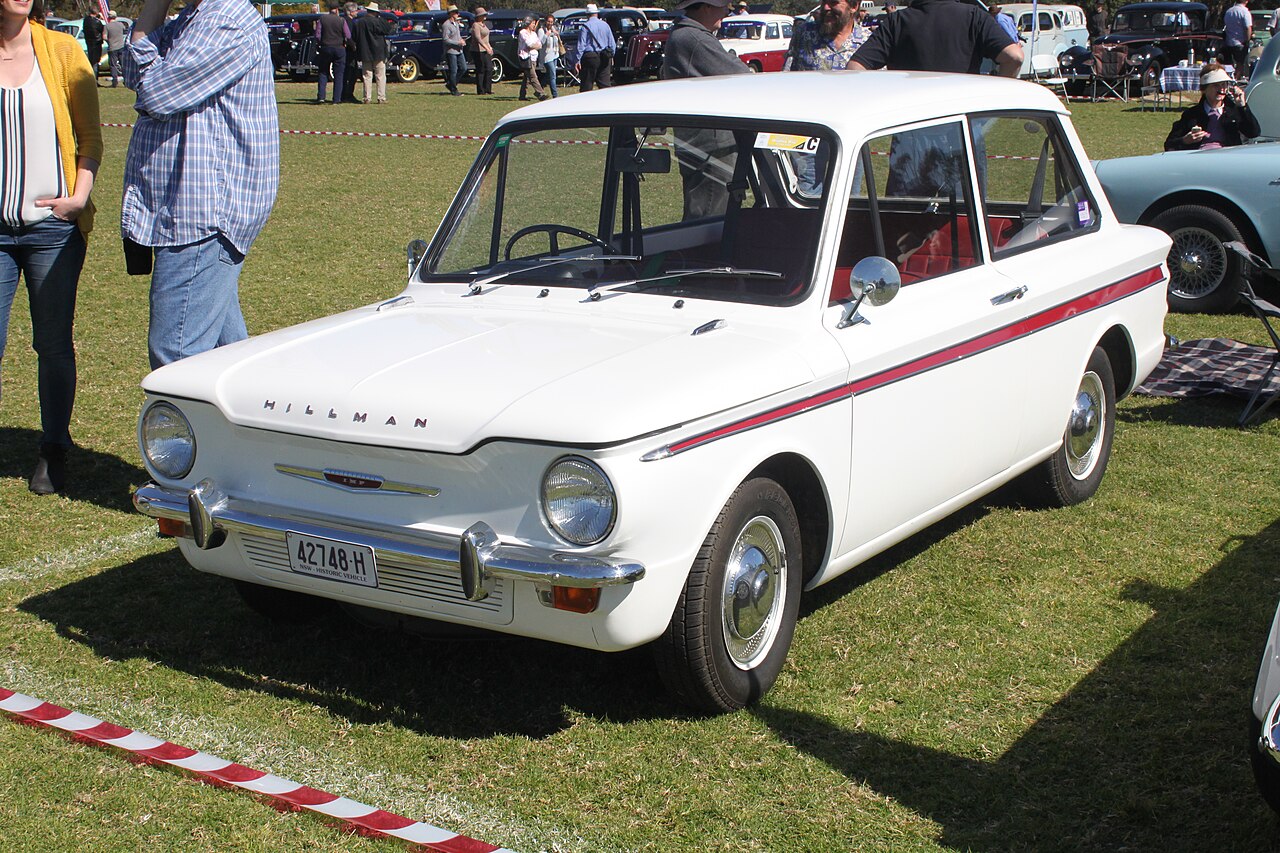 Jeremy, CC BY 2.0, Wikimedia Commons
Jeremy, CC BY 2.0, Wikimedia Commons
Morgan Plus Four Plus (1963)
Morgan’s boutique cars very rarely sold more than a few hundred models. The company’s experiment in changing its look resulted in the Plus Four Plus, which did not resonate with Morgan’s customer base. The car sold only 26 units, which has made it a highly sought-after collector’s piece in the modern age.
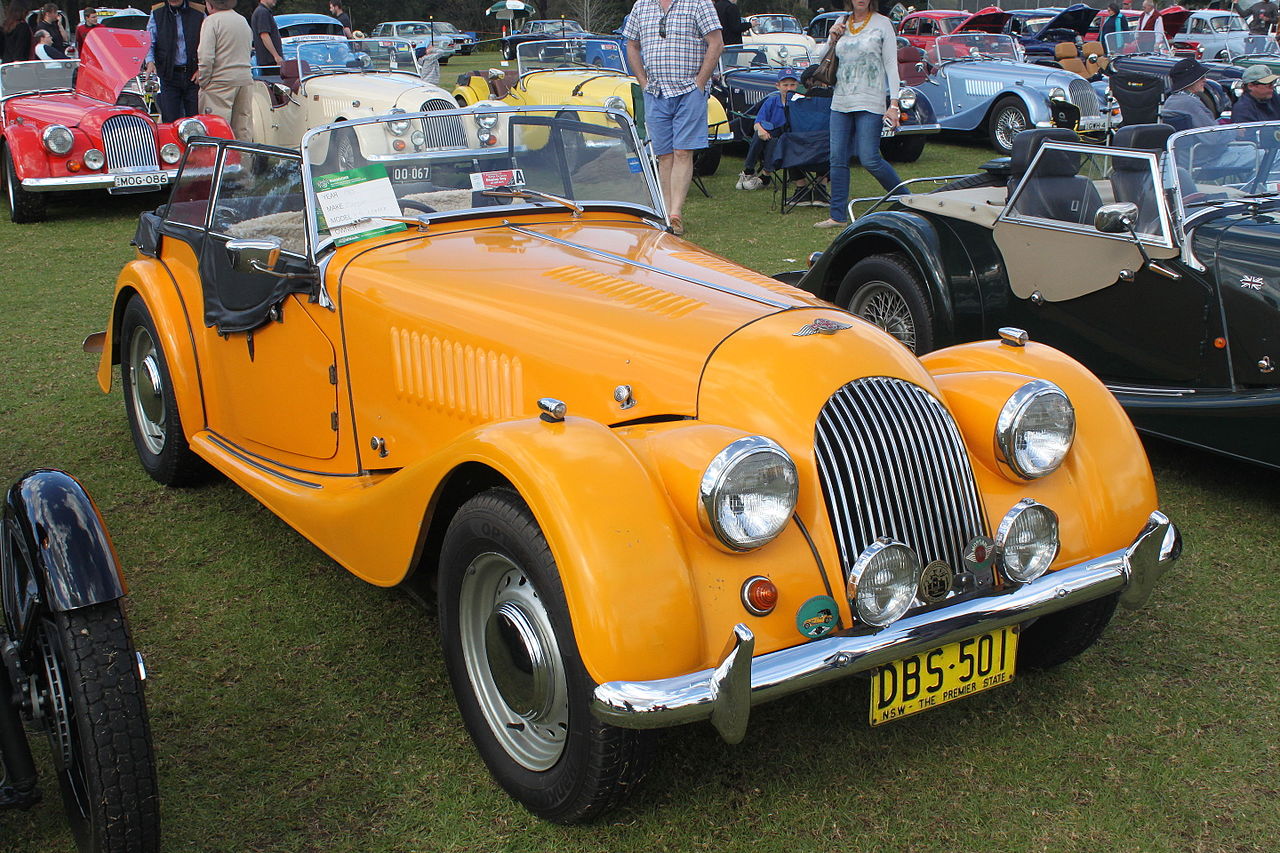 Jeremy, CC BY 2.0, Wikimedia Commons
Jeremy, CC BY 2.0, Wikimedia Commons
Bricklin SV-1 (1974)
A Canadian entry into car flops, the Safety Vehicle One (SV-1) was a gull-winged, sporty coupe designed with safety in mind. Despite some interesting innovations, the SV-1 suffered from its parent company being very poorly managed. Bricklin doubled the price of the SV-1 over the two years it was in production until their funding from the province of New Brunswick was pulled.
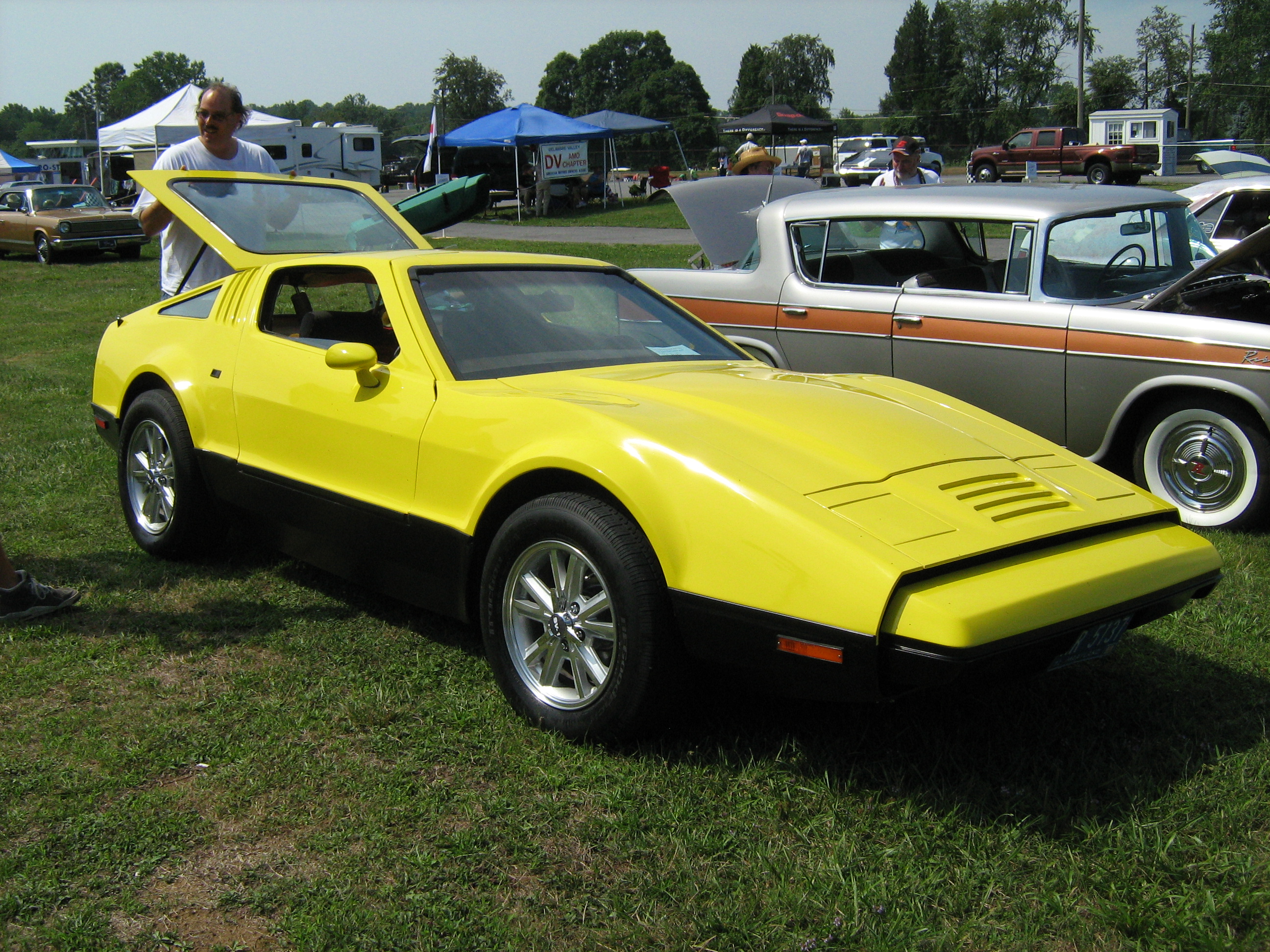 CZmarlin - Christopher Ziemnowicz, Wikimedia Commons
CZmarlin - Christopher Ziemnowicz, Wikimedia Commons
Lamborghini Cheetah (1977)
Built under a brief from the US military, this Lamborghini experiment had a production run of only one model! The decision to mount a Chrysler V8 engine in the rear of the vehicle meant that the Cheetah had handling difficulties. The Cheetah lost out to the Hummer, built by AM General.
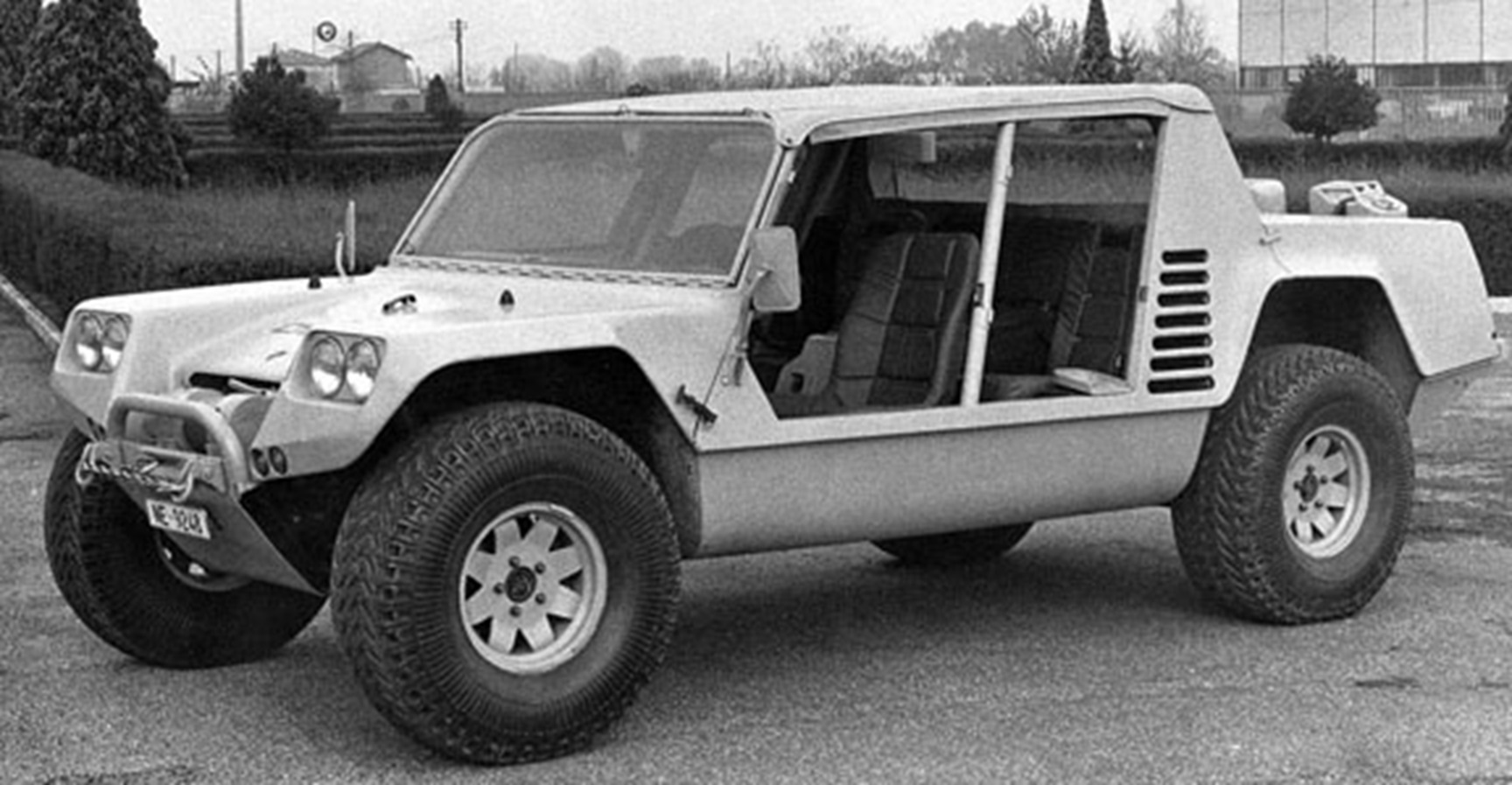 Unknown Author, Wikimedia Commons
Unknown Author, Wikimedia Commons
Volvo 262C (1977)
Renowned for a boxy build and safety-conscious structure, Volvo took its signature design and attempted to make a coupe in the late 1970s. Only 6,622 of the 262C were made in four years. Despite having a robust engine, buyers shied away from the traditional Volvo design in a sporty vehicle.
DMC DeLorean (1981)
Made famous in the Back To The Future film series, the DMC DeLorean was a commercial disaster. The car’s handling and engine left a lot to be desired. Additionally, the company was very poorly run–including a drug scandal–which left the DeLorean with a less-than-stellar reputation.
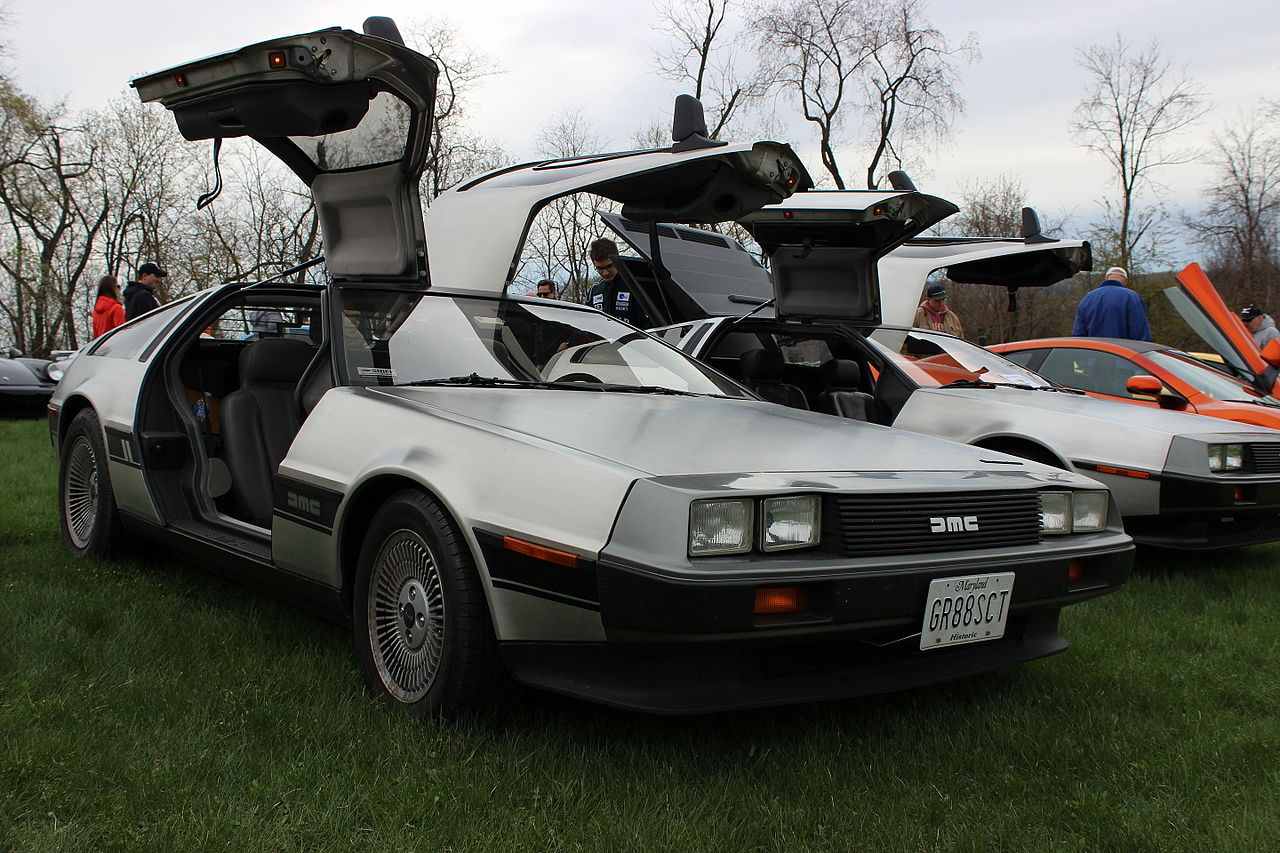 ilikewaffles11, CC BY 2.0, Wikimedia Commons
ilikewaffles11, CC BY 2.0, Wikimedia Commons
Merkur XR4Ti (1984)
The Merkur XR4Ti was a victim of its engine. A version of the European Ford Sierra XR4i, the Merkur simply couldn’t compete with its more powerful cousin. A well-designed enough car, the XR4Ti just didn’t have any impact in the car market of the 1980s.
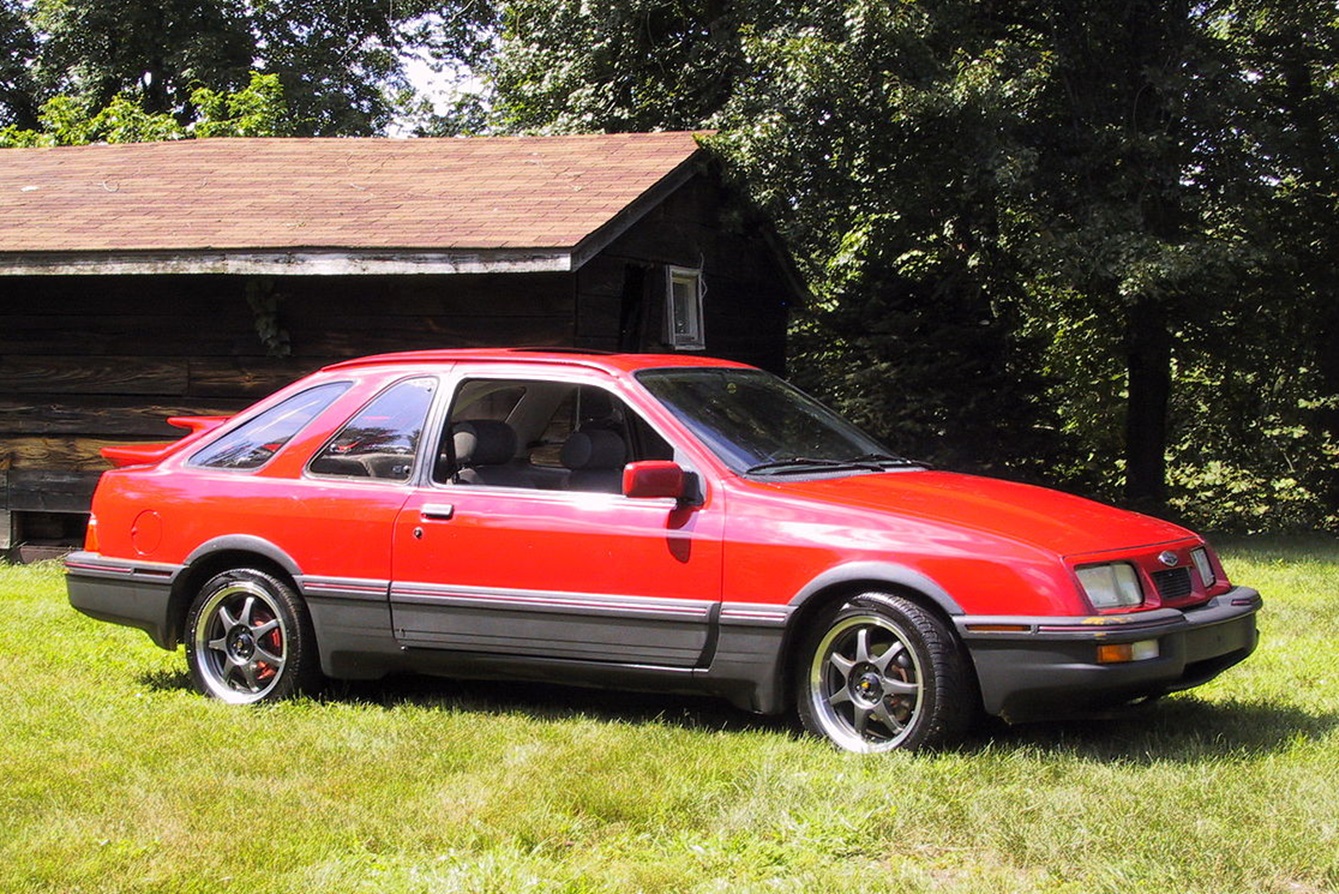 Dellegatto: In Color, CC BY-SA 3.0, Wikimedia Commons
Dellegatto: In Color, CC BY-SA 3.0, Wikimedia Commons
Cadillac Allanté (1986)
Designed to compete with the Mercedes SL, the Allanté just didn’t measure up. The quality of the car was not on par with its competitors, but even more damaging was that the bodies were built in Italy and then flown to the US for sale. The expense involved was enough to sink the Allanté.
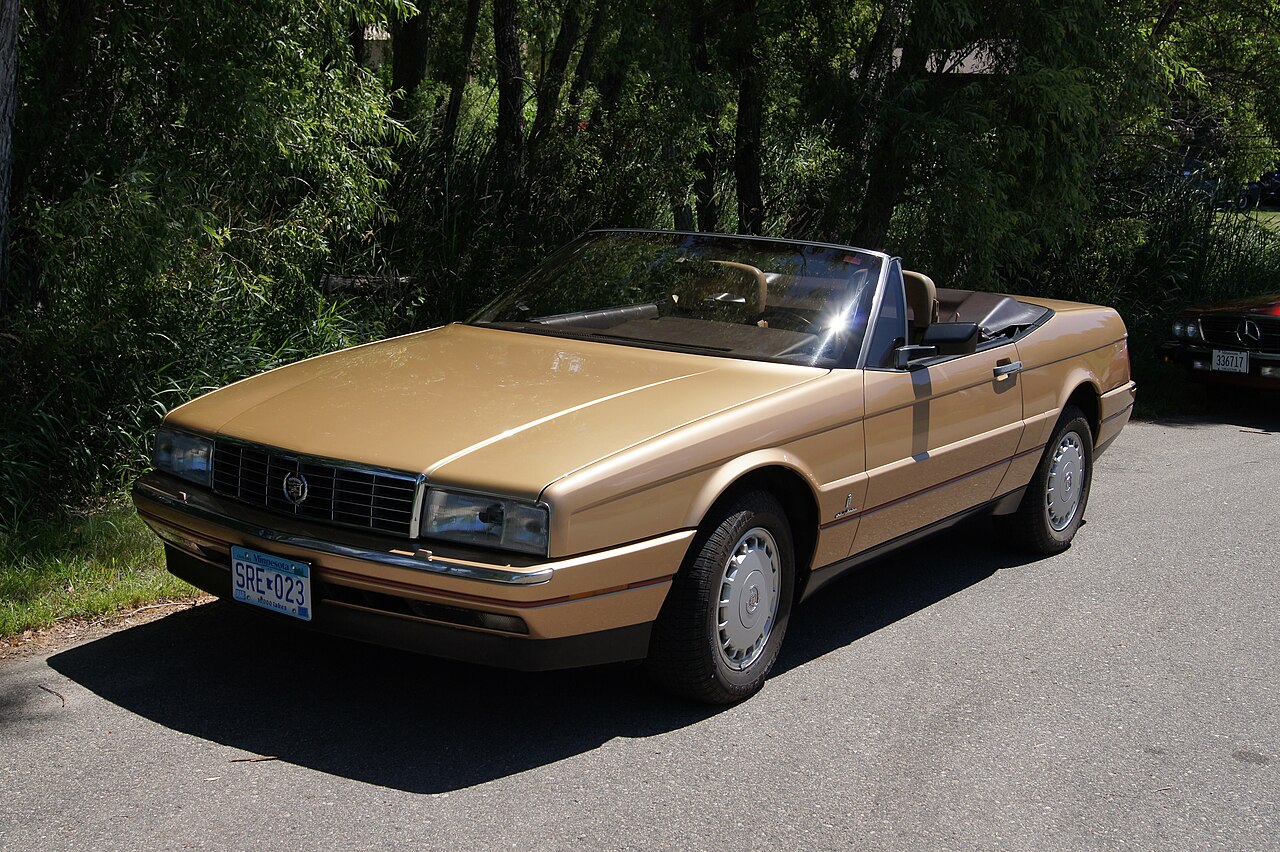 Greg Gjerdingen, CC BY 2.0, Wikimedia Commons
Greg Gjerdingen, CC BY 2.0, Wikimedia Commons
Volvo 480 (1986)
Another failed Volvo experiment, the 480 put off loyal Volvo customers because it just didn’t look like a Volvo, and had features–like front-wheel drive–that were not traditionally “Volvo”. Others didn’t like the reputation of Volvo as “straight-laced”, and went to other manufacturers for their coupes.
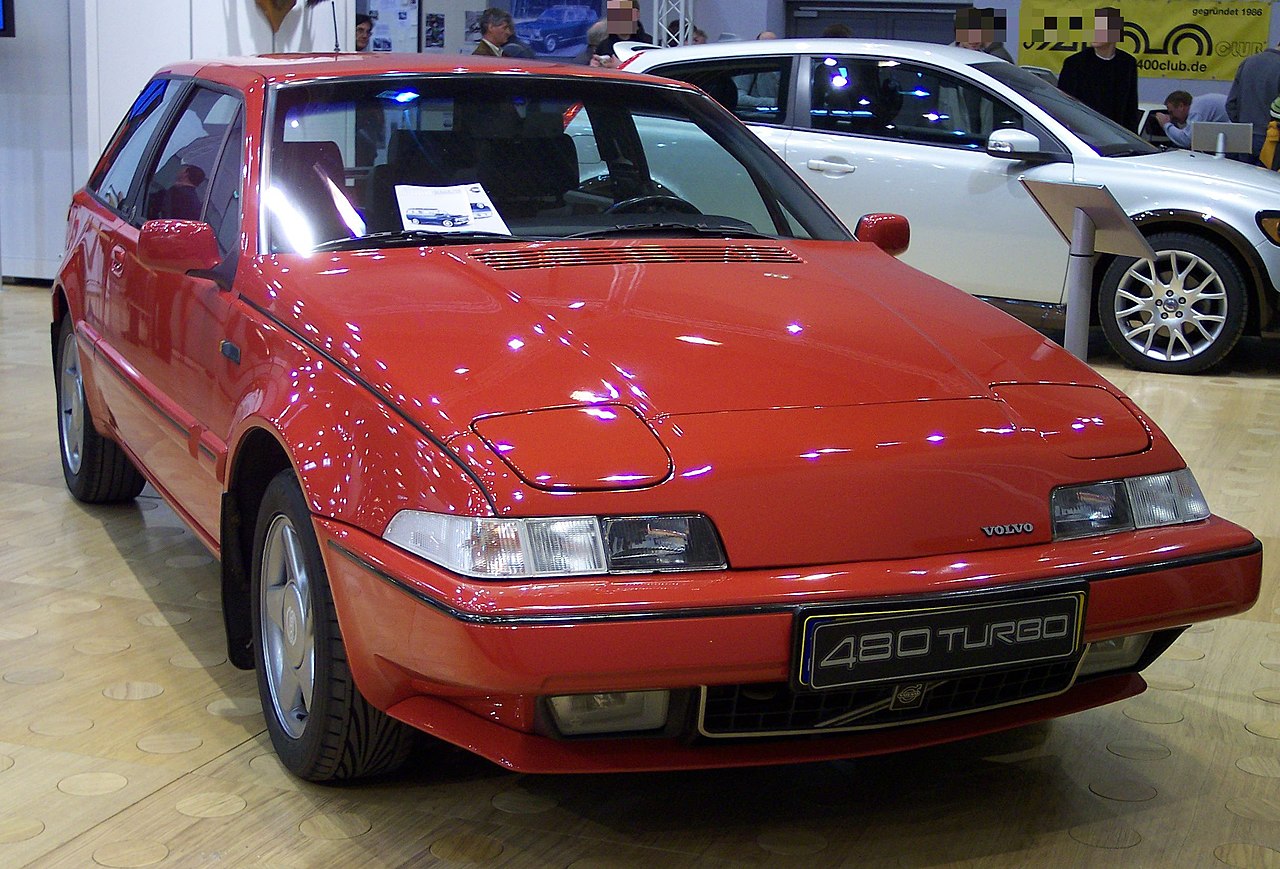 Stahlkocher, CC BY-SA 3.0, Wikimedia Commons
Stahlkocher, CC BY-SA 3.0, Wikimedia Commons
Sterling (1987)
This combination of Japanese and British car manufacturing seemed like it could have been a success. But sales figures plummeted steadily after the first year of production, due to problems with rust as well as a poorly-designed electrical system. The car was pulled from US distribution only four years after its introduction.
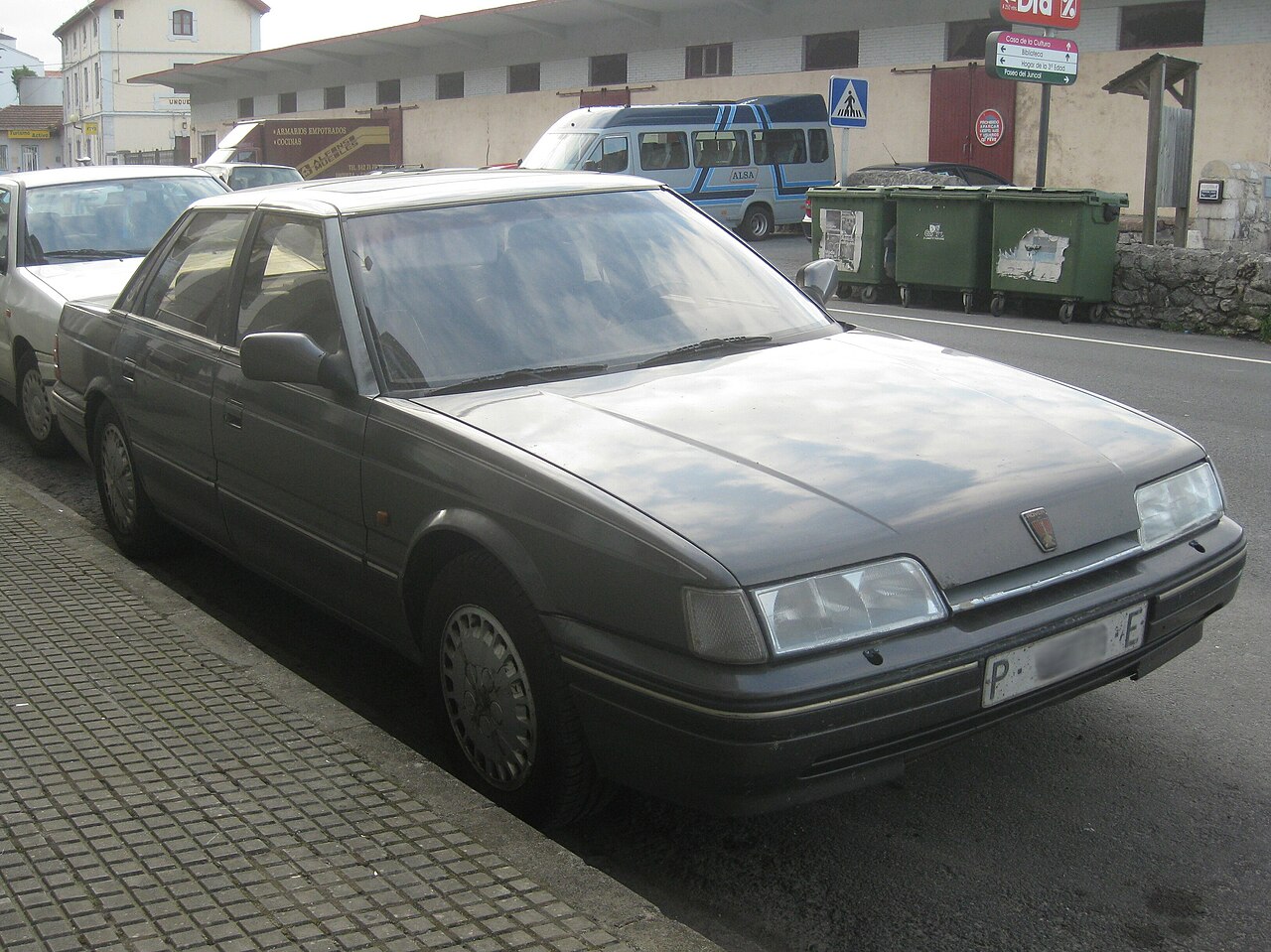 Spanish Coches, CC BY 2.0, Wikimedia Commons
Spanish Coches, CC BY 2.0, Wikimedia Commons
Panther Solo (1989)
The Panther Solo was an impressive and powerful car, capable of doing 0-60 mph in just under seven seconds. The problem was it was really, really expensive. For the price of one Solo, a buyer could afford a Porsche 944 S2 and a Ford Fiesta XR2i, leading to only 18 of these pricey automobiles being built.
Sao Penza (1991)
A South African-built version of the Mazda 323, the Sao Penze did well at home and was imported to the UK due to them both being right-hand drive countries. It did not do well. Despite being significantly cheaper than competing models, it was not well-made and failed to make a splash in the UK automotive pool.
Jaguar XJ-220 (1992)
Built to be an extremely powerful supercar, design specification changes during the production process scared off a lot of potential buyers. The car was also being offered during a financial recession, leading Jaguar to have to lower prices in order to sell their stock.
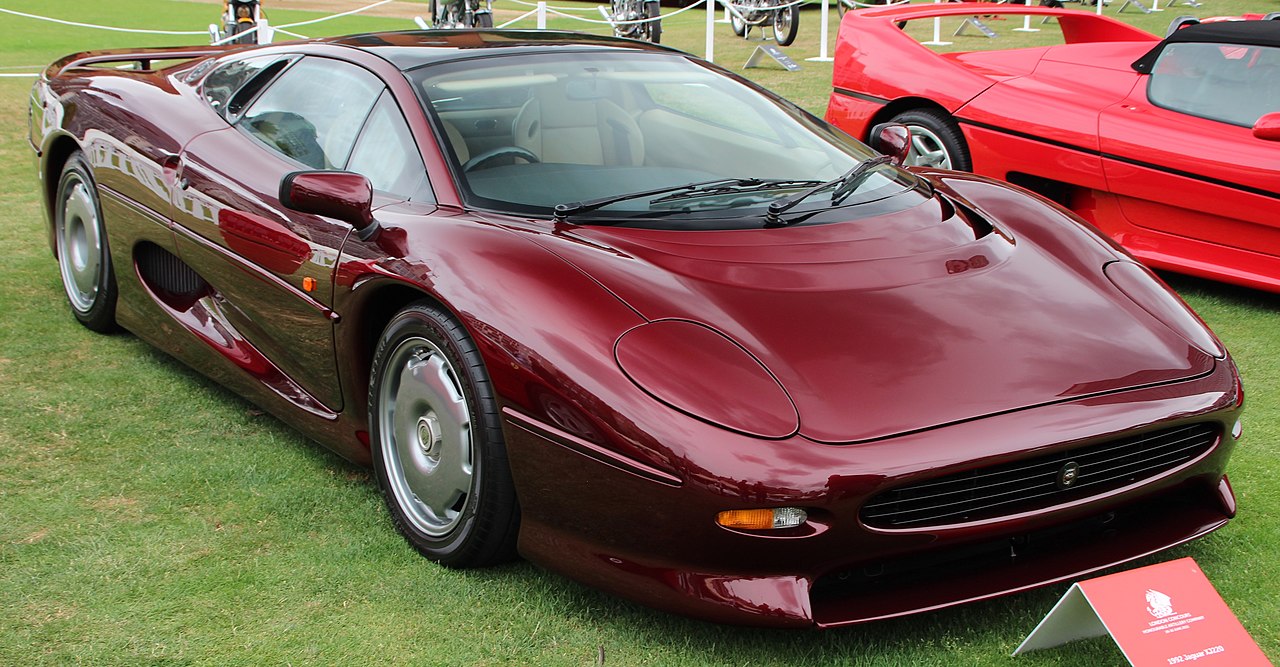 MrWalkr, CC BY-SA 4.0, Wikimedia Commons
MrWalkr, CC BY-SA 4.0, Wikimedia Commons
AC Ace (1993)
A powerful engine and good looks seemed to herald a success for small car manufacturer AC, in the form of the Ace. Unfortunately, it failed to live up to its closest competitor, the Aston Martin DB7. Aston Martin’s reputation helped it beat out the Ace, and only 58 rolled off the production line.
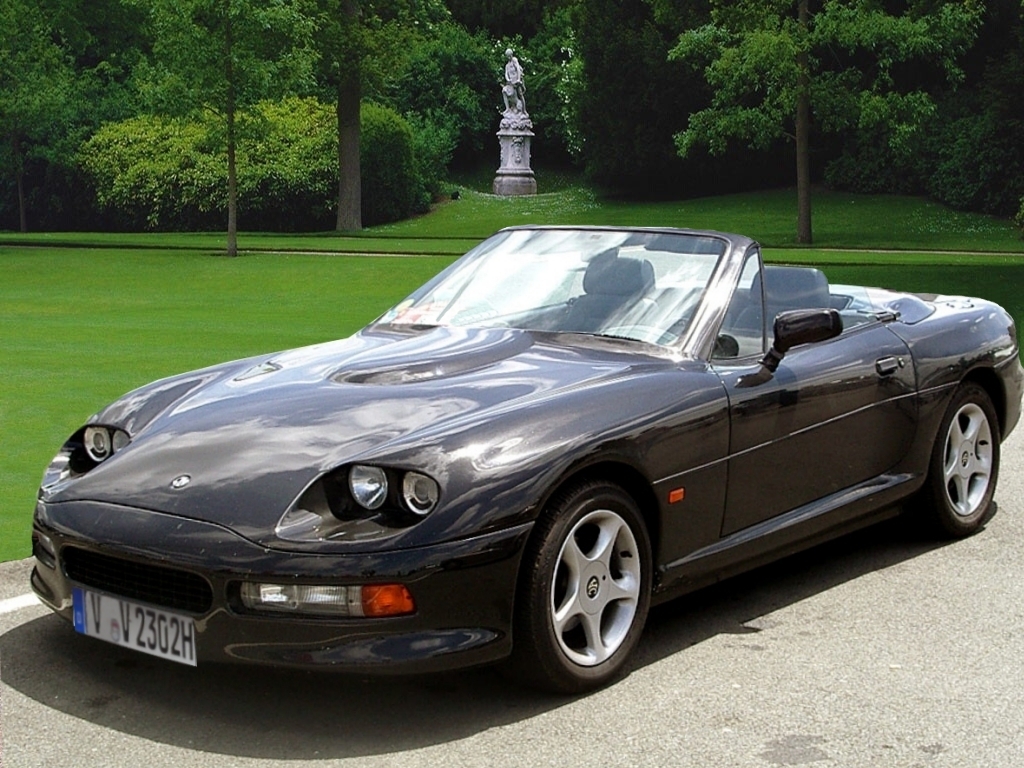 Matthias v.d. Elbe, CC BY-SA 3.0 DE, Wikimedia Commons
Matthias v.d. Elbe, CC BY-SA 3.0 DE, Wikimedia Commons
Caterham 21 (1994)
The Caterham 21 was an upgrade (sort of) of the company’s better-known 7 model. It boasted numerous fancy features and a beautiful build, but it hit a problem: It wasn’t as “raw” as the 7, which Caterham consumers had come to love. It was outsold by the similar–and cheaper–Lotus Elise, and in the end, only 48 21s were produced.
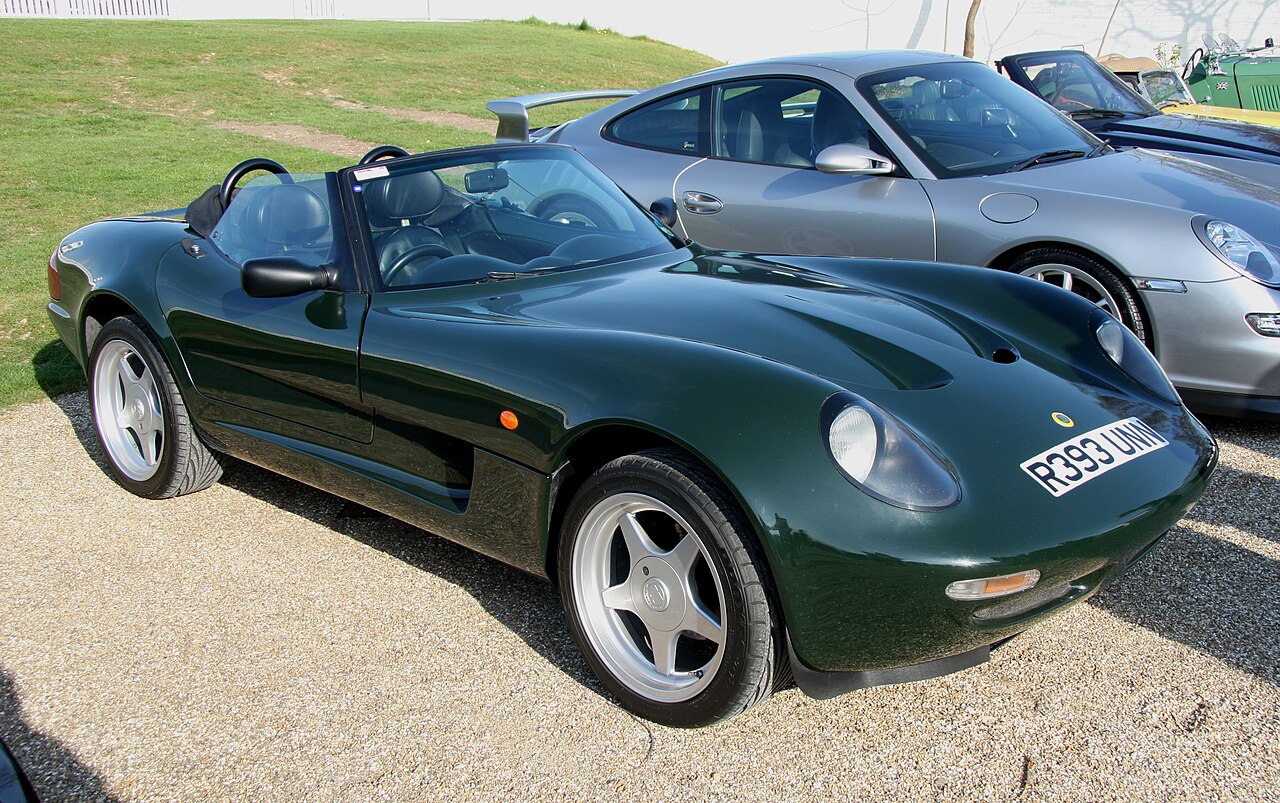 Brian Snelson, CC BY 2.0, Wikimedia Commons
Brian Snelson, CC BY 2.0, Wikimedia Commons
Vector W12 (1995)
A stylish and powerful luxury car, the Vector ran afoul of competing with a much better-known brand: Lamborghini. On top of this, Vector suffered a hostile takeover and the W12 got a full redesign, even before production had begun. Only 17 W12s were assembled in the four years of its existence.
Alfa Romeo 166 (1996)
The Alfa Romeo 166 is proof that the reputation of a car company can mean everything when it comes to sales. Although the 166 was technologically competitive with the contemporary BMW 5 Series, the 166 sold less than 100,000 cars, compared to the 1.5 million BMWs. Alfa Romeo labored under a reputation for bad reliability and quality.
Honda Logo (1996)
A compact hatchback that, on paper, looked amazing, the Honda Logo is a strange case where reliability did not translate to sales. The car was well-designed and would run forever, but buyers found it boring. Reliability, apparently, does not equate with excitement.
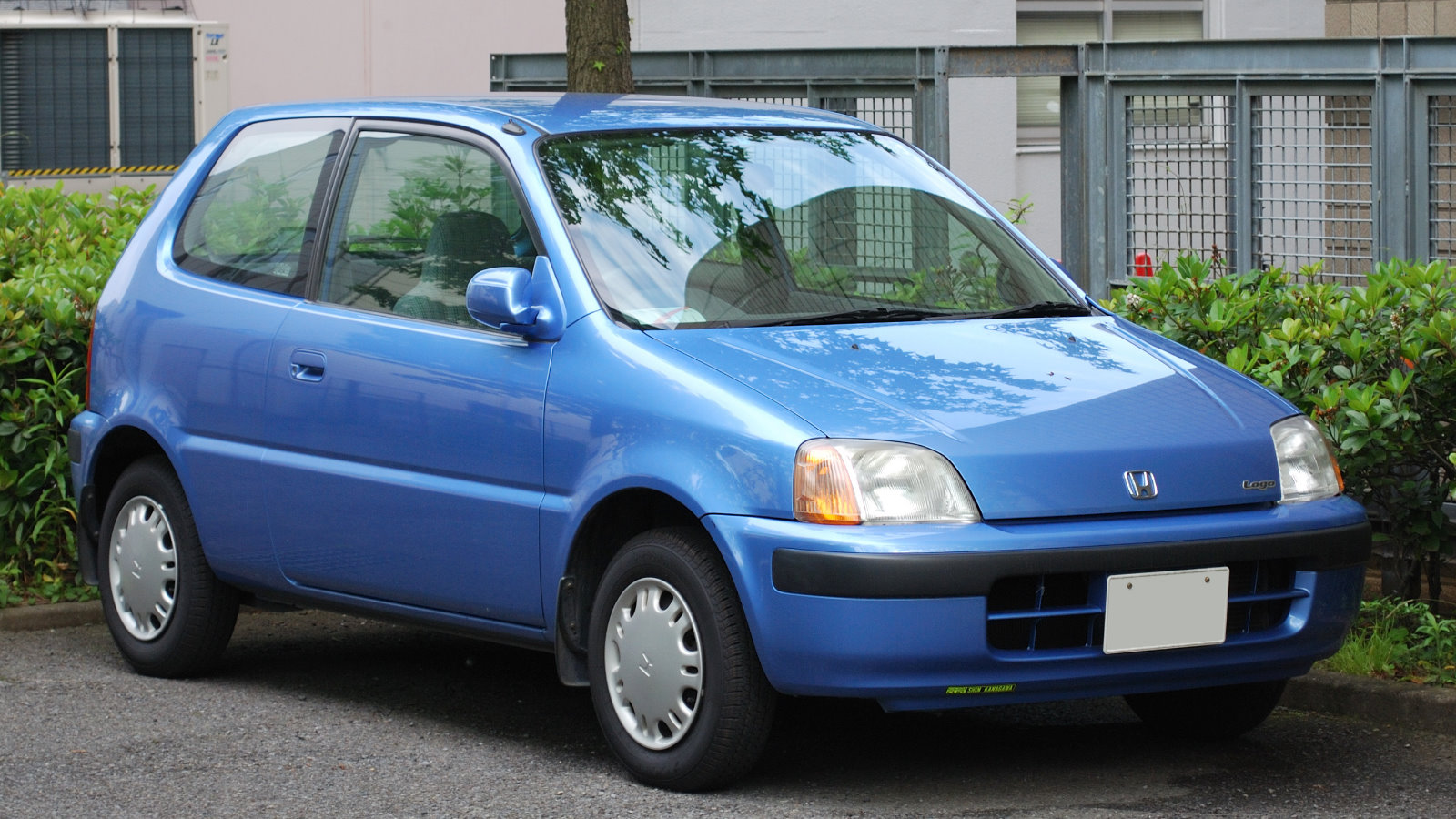 Mytho88, CC BY-SA 3.0, Wikimedia Commons
Mytho88, CC BY-SA 3.0, Wikimedia Commons
Renault Sport Spider (1996)
The Renault Sport Spider suffered from falling through the competition gaps. The Lotus Elise was a bit cheaper, the Porsche Boxster more prestigious, and the Spider fell in between, meaning low sales. Also, strangely, early models were built without a windshield, meaning you could drive fast in the Spider, but probably wouldn’t want to.
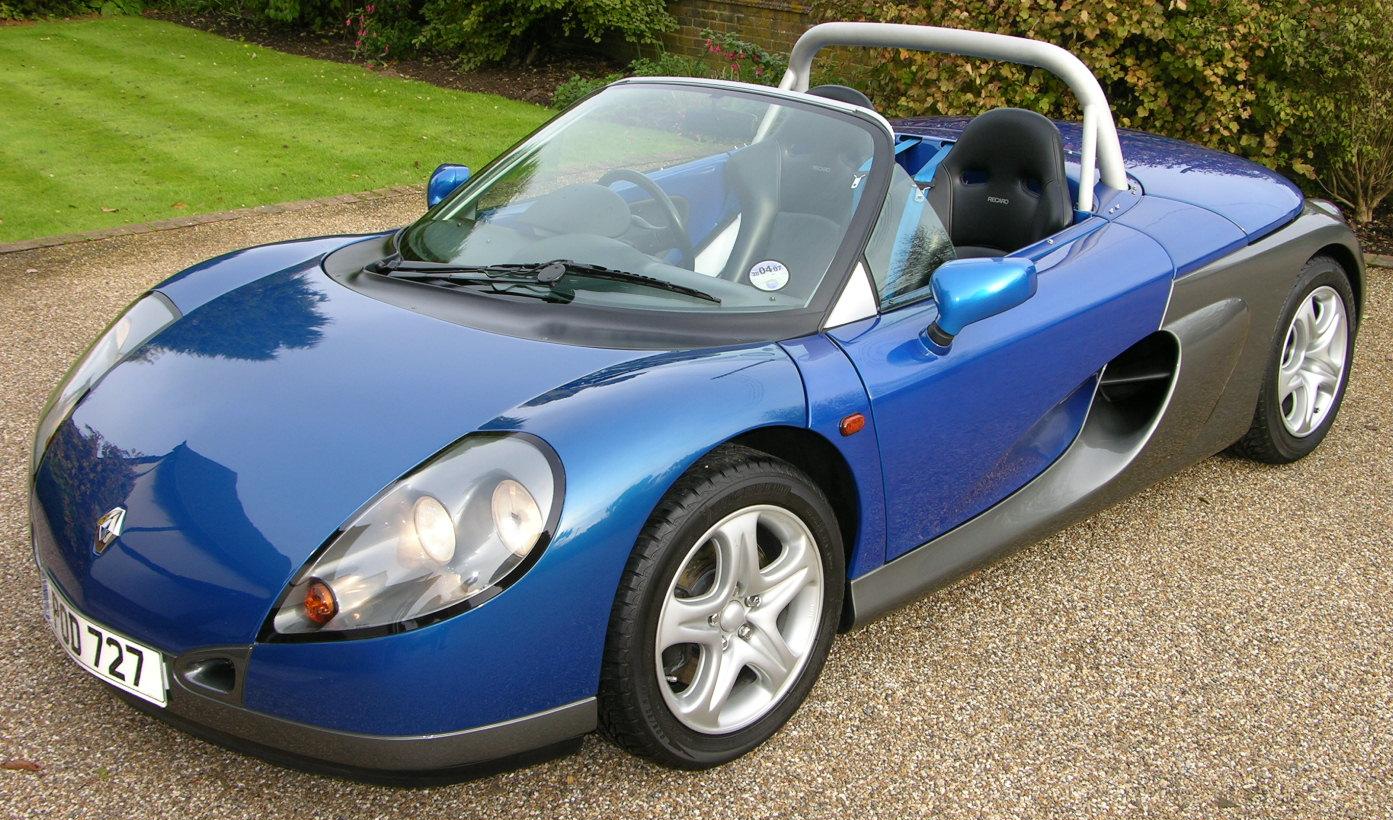 The Car Spy, CC BY 2.0, Wikimedia Commons
The Car Spy, CC BY 2.0, Wikimedia Commons
SsangYong Korando (1996)
Sometimes, brand is everything. Although the Korando was a well-built and powerful SUV, customers stayed away due to it being built by a lesser-known South Korean company. The car also apparently did not have great suspension and offered a bumpy ride, making it unpopular with consumers.
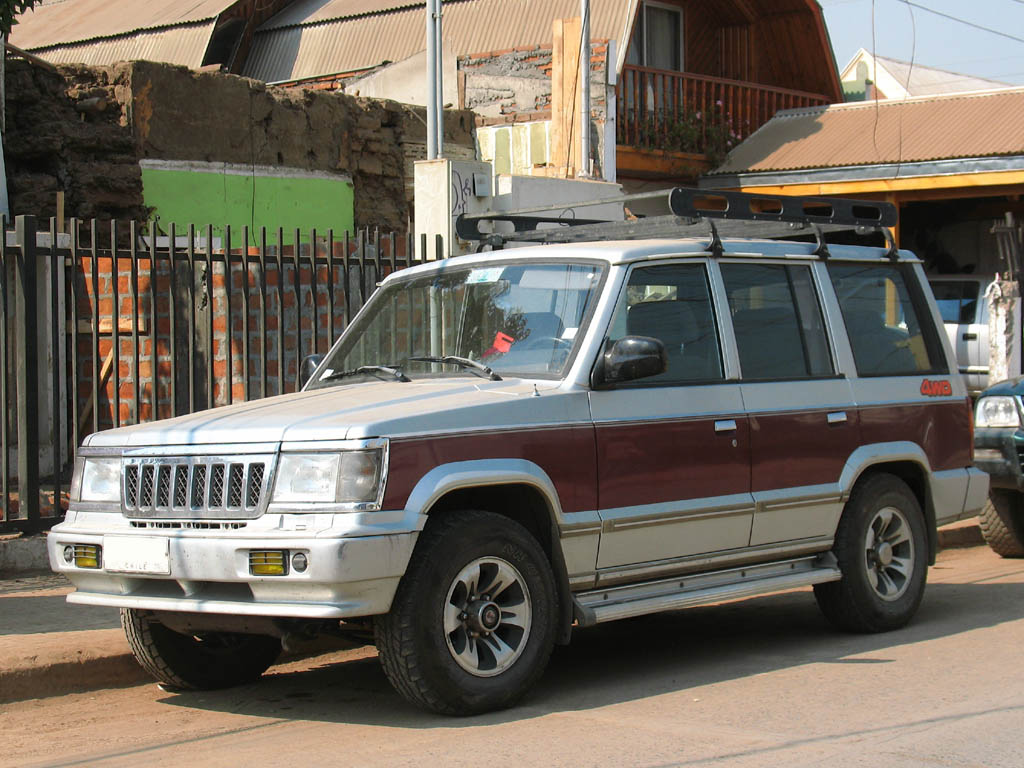 raul, CC BY-SA 2.0, Wikimedia Commons
raul, CC BY-SA 2.0, Wikimedia Commons
General Motors EV-1 (1996)
This all-electric vehicle was well ahead of its time, and that’s what really hurt its success. Only leased rather than sold, and only offered in California and Arizona, GM eventually saw the EV-1 as a failed experiment, recalled all the cars, and had them crushed!
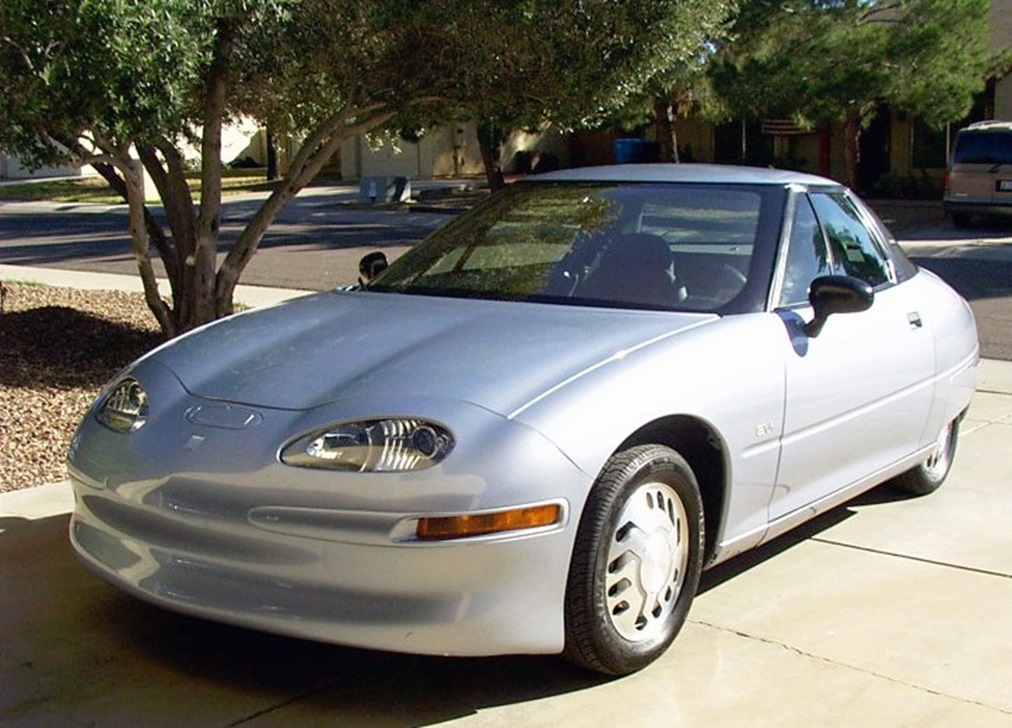 RightBrainPhotography (Rick Rowen), CC BY-SA 2.0, Wikimedia Commons
RightBrainPhotography (Rick Rowen), CC BY-SA 2.0, Wikimedia Commons
Cadillac Catera (1996)
Even a Cindy Crawford-helmed advertising campaign couldn’t save this Caddy. Although branded a luxury car, the interior wasn’t very big given the expense of the vehicle. Cadillac was also lax in addressing engine problems with the car, which contributed to its poor reputation and eventual demise.
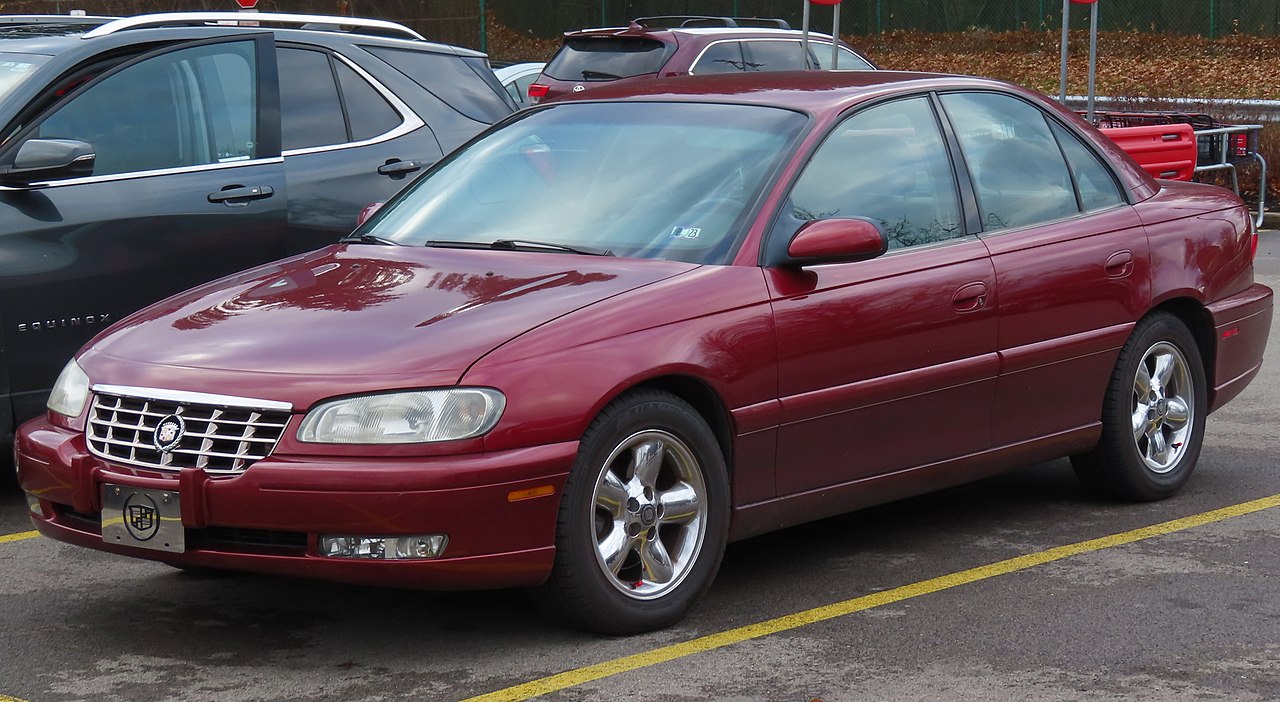 MercurySable99, CC BY-SA 4.0, Wikimedia Commons
MercurySable99, CC BY-SA 4.0, Wikimedia Commons
Plymouth Prowler (1997)
Looking both retro and futuristic, the Plymouth Prowler was a passion project for company boss Thomas C Gale. The car looked good and handled well, but had a relatively weak engine. This lack of power was a turn-off for buyers, and the company only moved just over 11,000 units over five years.
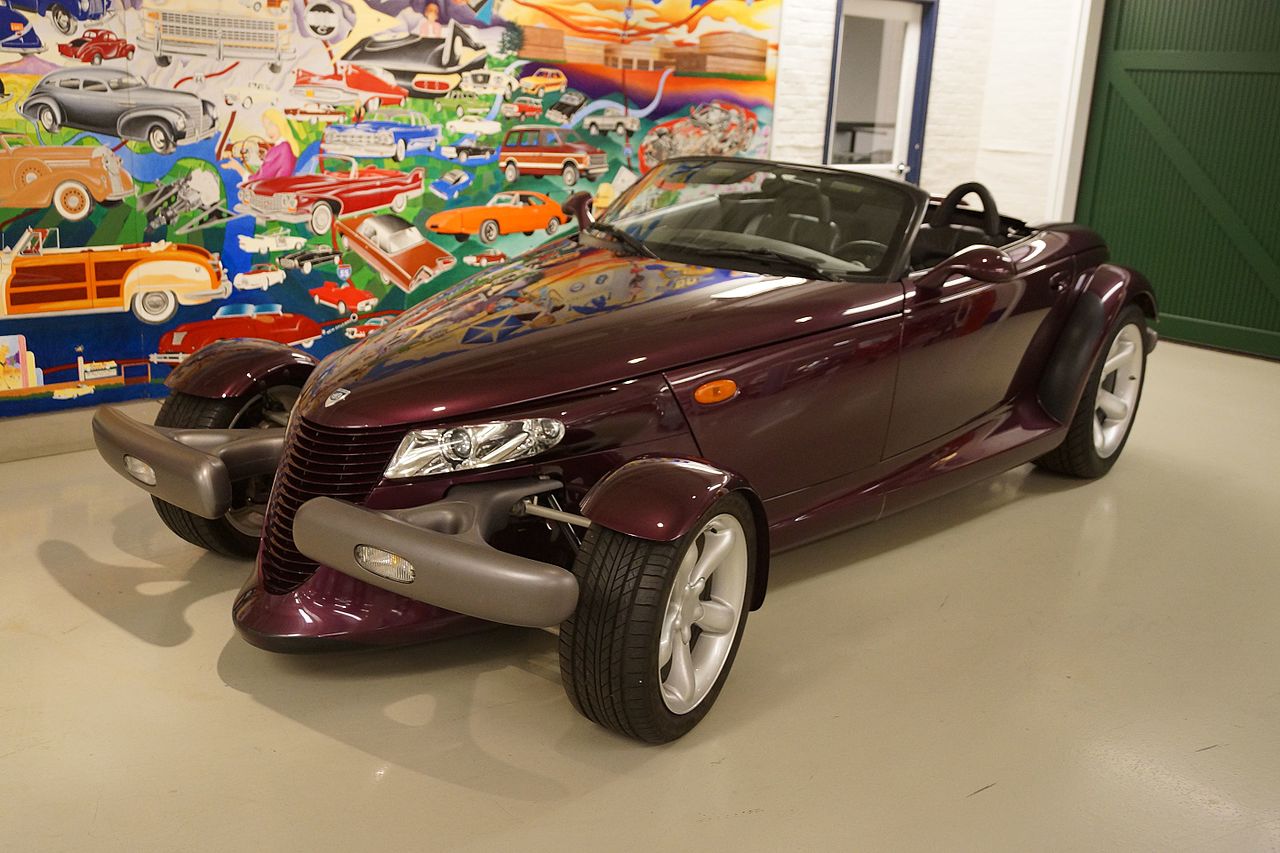 Greg Gjerdingen, CC BY 2.0, Wikimedia Commons
Greg Gjerdingen, CC BY 2.0, Wikimedia Commons
Peugeot 607 (1999)
A victim of competition, the 607 simply didn’t live up to the contemporary Mercedes and Audis with which it was competing. Good handling and specs didn’t make up for the lackluster interior and design. By the end of its run, the 607 had only sold about a tenth of the amount of its closest competition, Mercedes, in the same period.
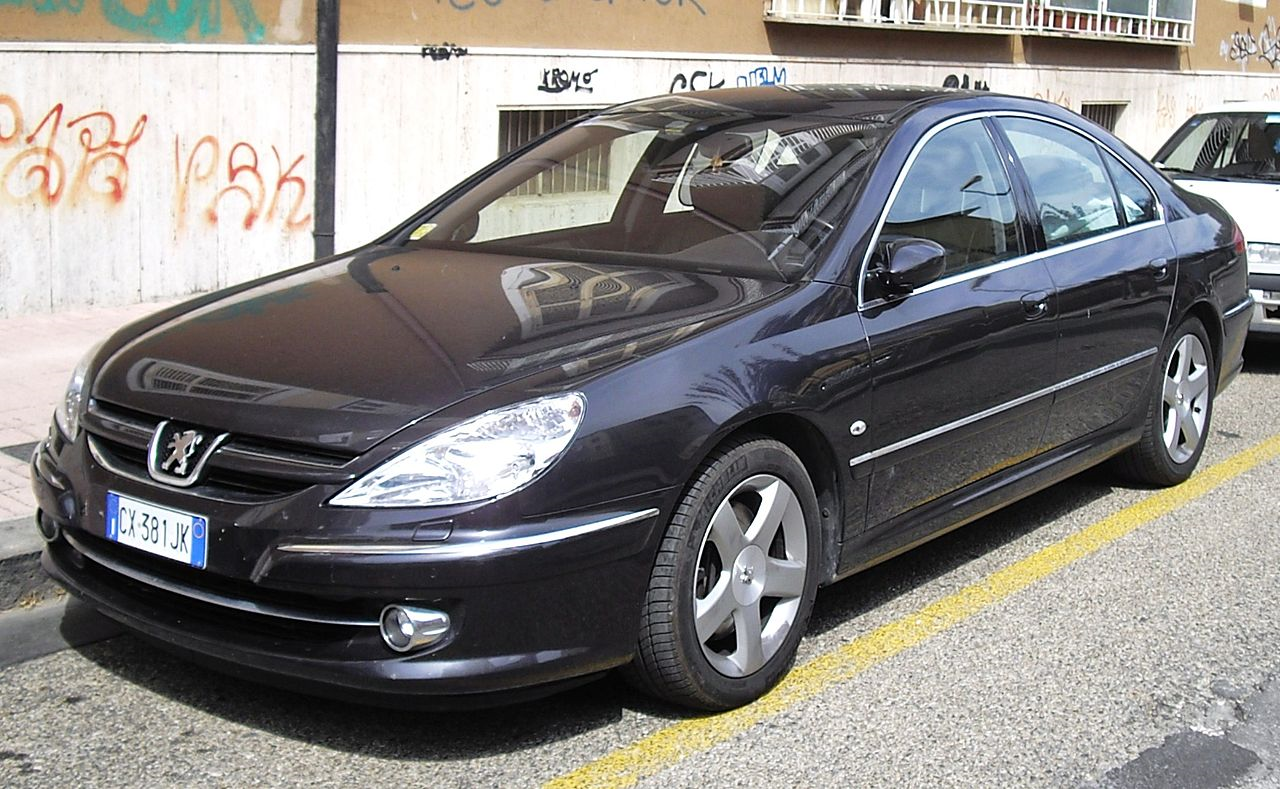 Corvettec6r, Wikimedia Commons
Corvettec6r, Wikimedia Commons
Pontiac Aztek (2000)
Best remembered as Walter White’s car in the television series Breaking Bad, the Pontiac Aztek suffered for its appearance. In trying to do something different, the Pontiac designers created a strange-looking crossover that did not resonate with buyers.
Renault Avantime (2001)
A coupe based on a minivan chassis, the Avantime is…an odd-looking car. It did not handle well, had awkward doors–both to use and to manufacture–and offered minimal room in the back seat. Only 8,500 cars were made in the two years of the Avantime’s existence.
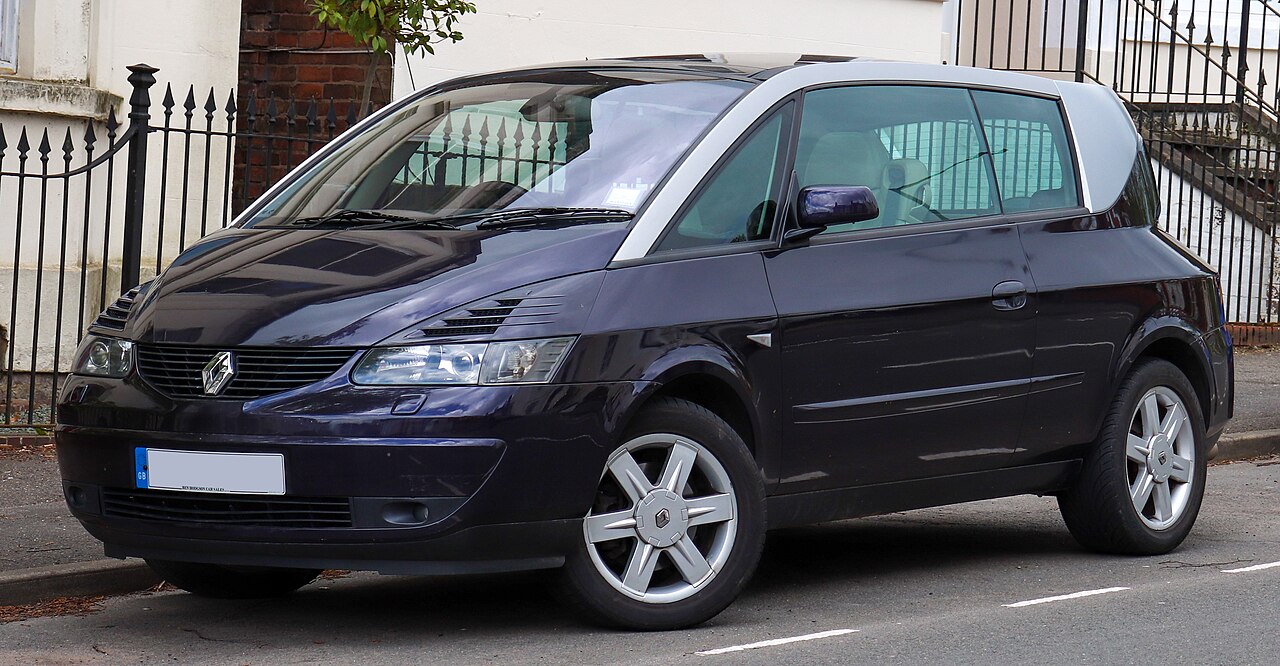 Vauxford, CC BY-SA 4.0, Wikimedia Commons
Vauxford, CC BY-SA 4.0, Wikimedia Commons
Mercedes Vaneo (2002)
Despite having a big name behind it, the Vaneo minivan did not do well for Mercedes. The car was well-made and outfitted, but the look of the van kept buyers away. The name “Vaneo” may have been a bit too on-the-nose for some consumers as well.
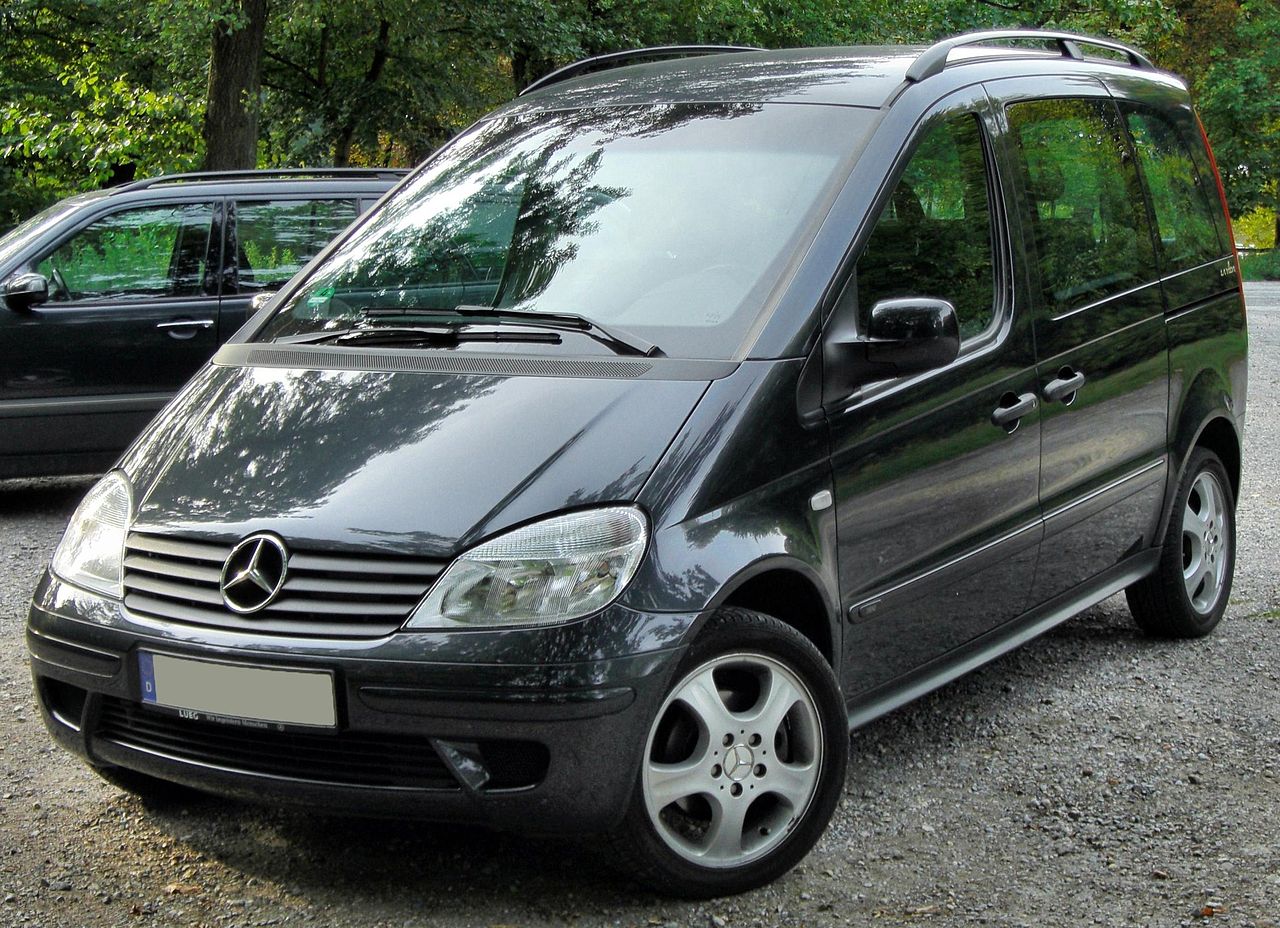 M 93, Attribution, Wikimedia Commons
M 93, Attribution, Wikimedia Commons
Peugeot 1007 (2004)
Designed to accommodate city and urban driving, the 1007 suffered from its looks. Buyers were not fans of the high sides and the sliding doors, despite the smart overall design of the car.
Subaru B9 Tribeca (2005)
The B9 Tribeca flopped primarily because it was considered bland. The car drove well and was designed by all-wheel drive experts at Subaru, but it simply didn’t spark any excitement in the car-buying public. In its later years, the Tribeca struggled to hit double-digit sales figures!
Aptera Motors 2e (2008)
Looking like something out of Star Trek (and it did make an appearance in the 2009 film), the 2e was a battery-powered electric vehicle that boasted a 100-mile range at highway speeds and impressive acceleration. Only a few were ever constructed, though Aptera is reportedly now working on a solar-powered model.
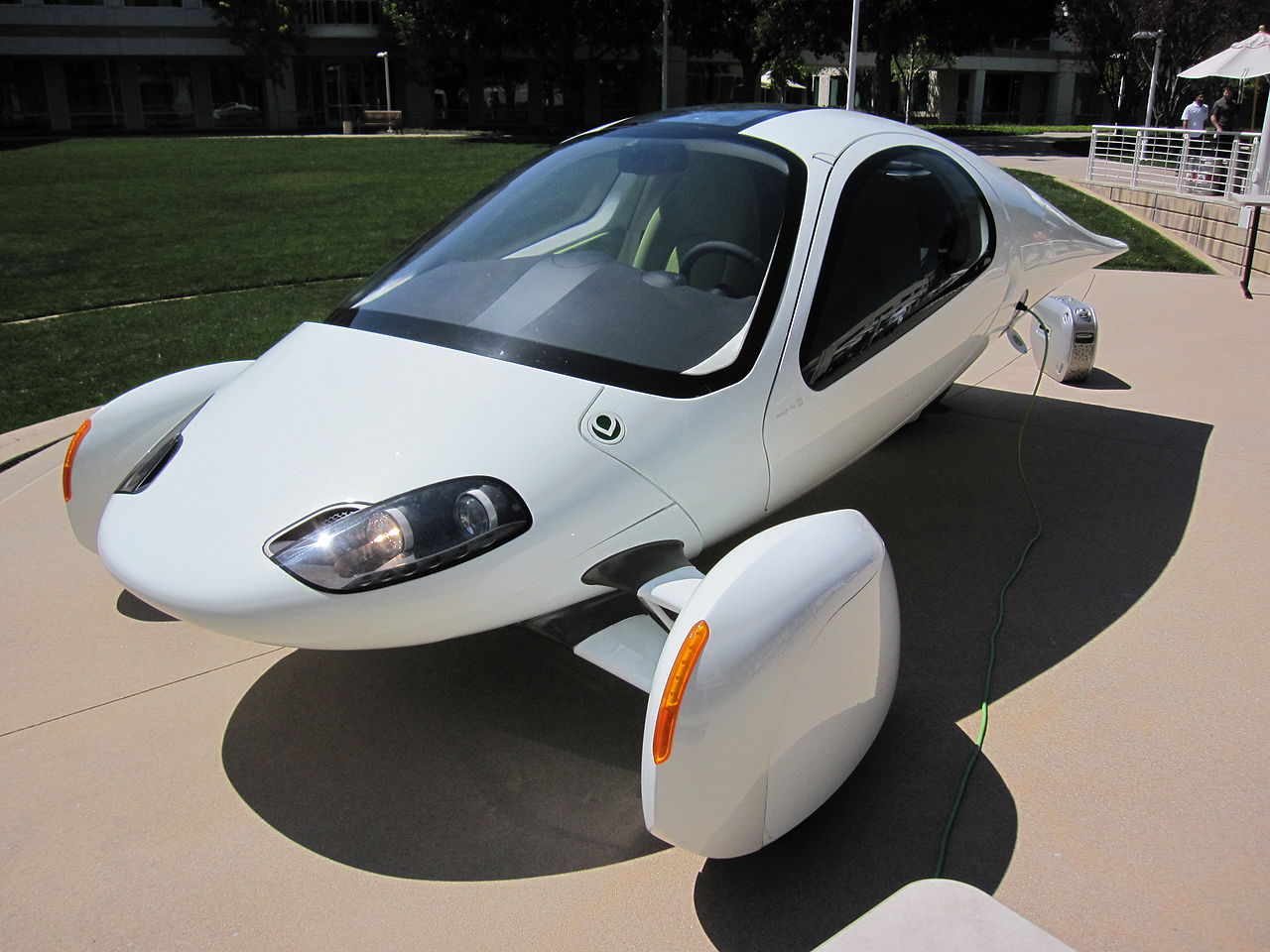 Alison Cassidy, CC BY-SA 3.0, Wikimedia Commons
Alison Cassidy, CC BY-SA 3.0, Wikimedia Commons
Tata Nano (2008)
This Indian-made and -designed car was intended to replace the ubiquitous scooter and motorcycles that were popular on Indian roads. Unfortunately, the Nano suffered from bad build quality and fewer features than car owners desired. Also, some early models were known to catch fire!
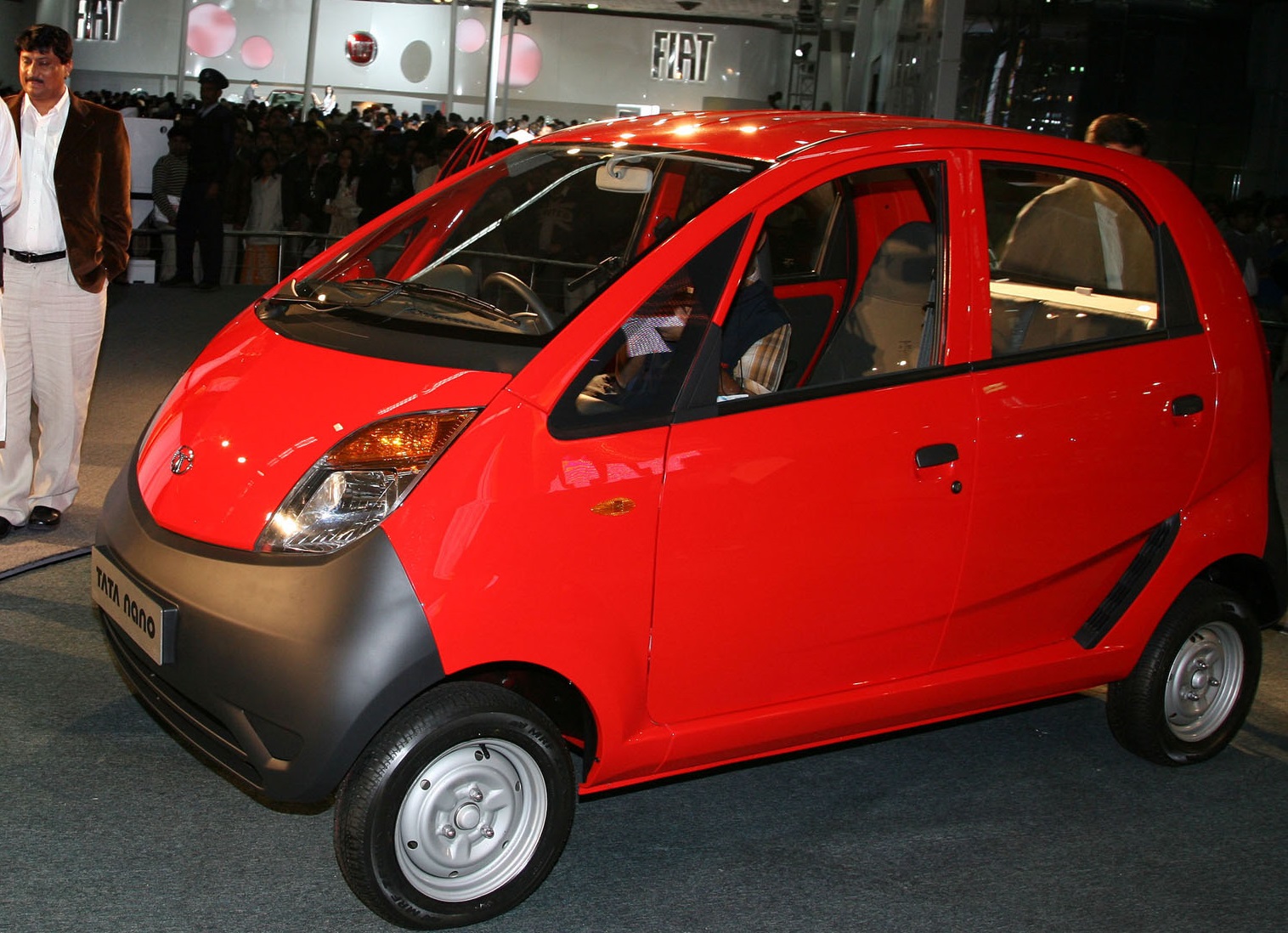 Ministry of Defence (GODL-India), Wikimedia Commons
Ministry of Defence (GODL-India), Wikimedia Commons
Saab 9-5 (2010)
The global recession of 2008 was a bad time to be trying out new cars and new car companies. General Motors sold their Saab wing to supercar company Spyker in 2010. Spyker was not used to mass-market car sales and eventually folded, taking the Saab name with them.
Mini Paceman (2012)
It’s not only competing companies that can doom a car. Sometimes competition comes from other models from the same company. The Mini Paceman suffered in comparison to the company’s Countryman model, selling almost six times less than the more popular Mini in its first year.
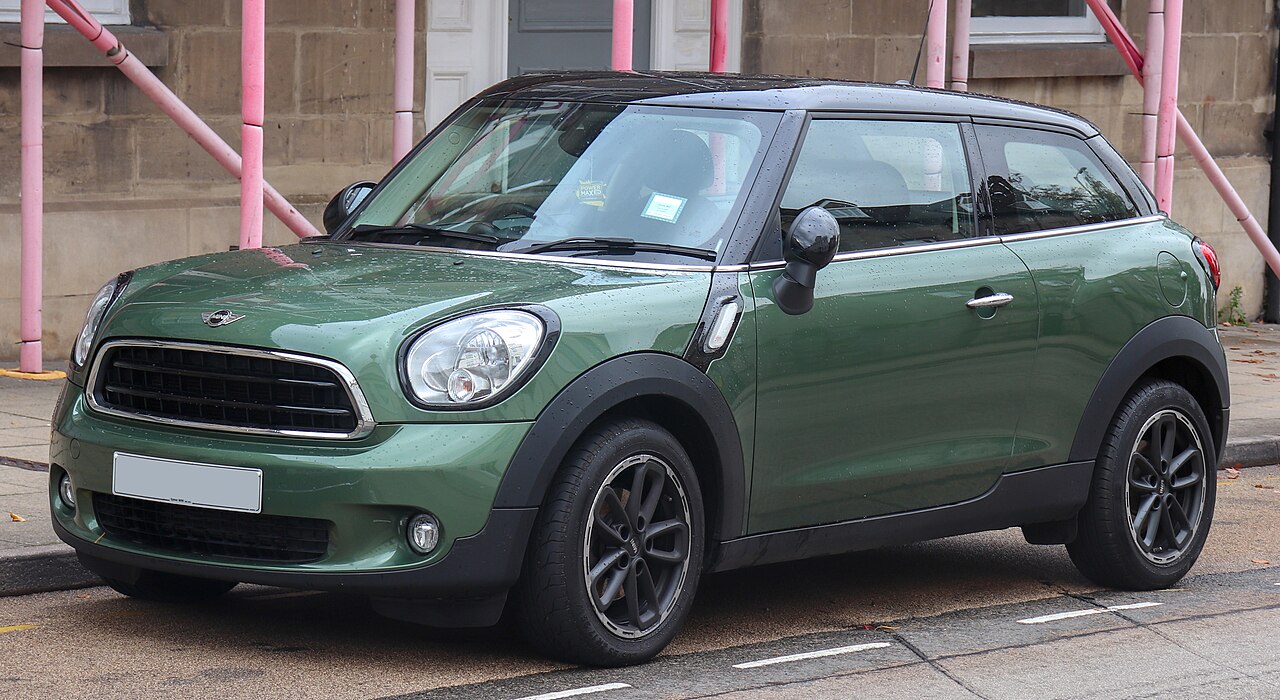 Vauxford, CC BY-SA 4.0, Wikimedia Commons
Vauxford, CC BY-SA 4.0, Wikimedia Commons
Chrysler 200 (2010)
The Chrysler 200 was promoted in an ad campaign featuring Eminem, which you might think would increase the appeal of the car. Considered one of the worst investments the company has made by CEO Sergio Marchionne, the 200 had a strange sloping design that made entering the rear seats quite difficult.
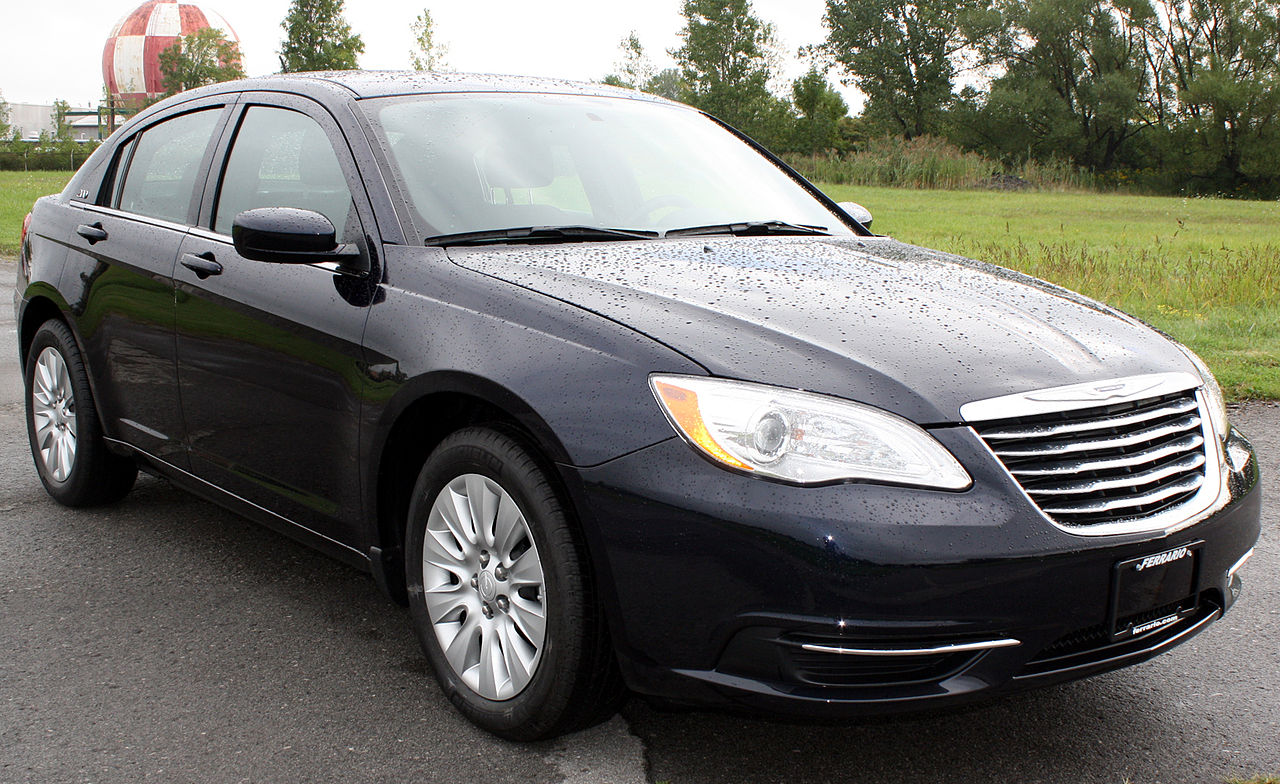 U.S. National Highway Traffic Safety Administration, Wikimedia Commons
U.S. National Highway Traffic Safety Administration, Wikimedia Commons
Zenos E10 (2015)
Sometimes it’s hard to say why a car fails. The Zenos E10 was designed by renowned designers, was lower-priced than its competitors, and drew excellent reviews for its technical aspects. Despite this, only 100 were built before the model was discontinued due to low sales.


